9th February, 2024
The Year of The Dragon – The Cusp of a New Cycle
“January 23, 2012 to February 9, 2013 marked the Year of the Dragon. According to tradition, the dragon is the fifth animal in the Chinese zodiac and symbolizes loyalty — it is noble, gentle, and intelligent, but also tactless, stubborn, and dogmatic. “ New York Public Library
2012 was the year a nascent community from different disciplines and interests – IT engineers, journalists, a pharmacist by degree, a librarian, academics, artists, teachers, students, nature lovers, heritage proponents, authors, film makers, lawyers, the tomb keepers, the former residents of the Kampong at Lorong Halwa, a cartographer, descendants of the stones and the local and international media – emerged, each to play their part in generating awareness that there is this 100 year old municipal cemetery called Bukit Brown, that sits in the center of our island where the stones tell stories of the past and the flora and fauna breathes life into it. And the government wanted to build an eight lane highway that will cut Bukit Brown in half, cleaving apart 100 years of heritage, habitat and history.” It is a rare original WWII site that saw one of the last and fiercest battles on the rolling hills of the land.
Chapter I: How it began…..
The first official engagement with the government under the Ministry Of Development went badly. While the Minister was abroad, his senior civil servants were engaging with civil society on a date to meet him. We wanted a consultation and an opportunity to ask what were the alternatives that had been considered.
By the time a date was found – it took about three weeks – the circumstances of the meeting had changed. First there were “outsiders” those in heritage circles but Bukit Brown was not necessarily a priority. This was not the scenario we had envisaged when we met at the Nature Society’s HQ at Geylang. We came from roughly seven different organisations/communities including one newly minted, all things Bukit Brown, feeling their way in tentative steps through civil society.
The response to the meeting or more accurately the briefing by the then Minister of National Development was an immediate media statement calling for a moratorium on the roadworks signed by The Nature Society of Singapore(NSS), The Singapore Heritage Society (SHS), Post Museum, Green Drinks, The Rail Corridor, API, (paranormal group) and all things Bukit Brown.
Both NSS and SHS had led the email negotiations to pin down a date and an agenda to bring up to the Minister. And the way the emails were going, we knew that was a 99 percent chance, we would not get the meeting we requested. Instead the Minister announced the plans from exhumation to construction of the highway in a PPT, with a concession that the whole process would be documented. A suggestion that a heritage advocate had suggested to the CEOs of URA & LTA when they invited him for a morning prata to ask his opinion. It was indeed a prata flip. Aside from the seven groups, there were heritage bloggers, representatives from clan associations, The Peranakan Association government agencies, , the Preservation of Monuments Board and the National Heritage Board.
The fact that seven groups from civil society including the two most established the nature and heritage societies, issued a statement disagreeing at the haste the decision was reached without genuine consultation, made headline news. Bukit Brown was after all, one of our oldest Chinese cemeteries and the mother of all cemeteries with many remains reinterred there because of major developments where they were first laid to rest. Their burial grounds , had made way for HDB estates such as Queenstown, and so in the past time and time again, the dead had to make way for the living. This was different, an 8-lane highway. In today’s context with climate change a critical and existentialist issue, questions would have been raised why are we encouraging car ownership? Could nothing be done with the then Lornie Road, only eight years in existence ? They were raised then, almost prescient. Back and forth, like a ping pong game, with the ball falling into the government’s side of the table in a staccato volley. We were called naysayers, unsympathetic to motorists and asked to offer solutions to solve traffic jams.
Then the government announced that they had taken on feedback and as a concession to civil society realigned part of the highway as a bridge. It was the most natural of realignments as the previous plan would involve building the highway into a valley. What had happened was that the Nature Society of Singapore had submitted the proposal independently to allow space under the bridge for animals to pass and shady plants that did not need much sunlight, It did save a few graves from certain “death”. The concession by the authorities was much lauded in the media as an indication that the government of the day was not recalcitrant and was responsive. With that, the first chapter of our journey came to a close.
Chapter II Letting Go……
Two communities, Post Museum and all things Bukit Brown moved on and forward, to continue to conduct public guided walks to spread awareness, the latter community branched into themed walks such as World War Two at Bukit Brown hooking up with a war archaeologist from the UK, whose family was stationed in Singapore because of his wife’s career. He had found himself living on the doorstep of the battleground around the black and white houses in Adam Road and later explored the Mount Pleasant black and whites the Japanese had occupied. He started to conduct WWII guided walks detailing battlegrounds that covered the Island Club links into Bukit Brown proper including the names of soldiers who are still missing and their last known locations. Their remains may very well lie under the highway – grist embedded in the concrete – even as their names are acknowledged at the Kranji War Memorial.
Outside of Bukit Brown, Post Museum which is an arts group helmed by a husband and wife team, secured a grant for an exhibition held at SAM, the Singapore Art Museum. They were to curate other exhibitions at the Substation and the exhibition space in Bencoolen Street of La Salle College. And they have taken the Bukit Brown “index” to the USA. Days before the exhumation exercise was to start, they arranged a candlelight remembrance and lit up the entrance into Bukit Brown. That entry into the cemetery is no longer, absorbed now into the Lornie Highway.
Particularly poignant in Post Museum’s first exhibition at SAM was an installation where the names of the deceased who had to make way for the highway were written in chalk on a big wall by volunteers and the public, with a photo collage of some of the volunteers at their special/favourite spot in Bukit Brown. The GOH for the opening was Ms Jane Ittogi, the present First Lady who was Chairman of SAM then. Ms Ittogi was to later be the GOH for a brownie event, – brownies, that’s how the community of volunteers under the banner of all things Bukit Brown are known to the public. It was to be a much bigger event over a weekend with exhibitions of artifacts including a letter written in romanised Hokkien, presentations on nature and heritage, and a screening of a documentary, Light On Lotus Hill about the efforts here to assist in logistics in support of the Sino-Japanese war. It was a collaboration with the Chui Hway Lin Teochew Club. It followed very soon after atBB also curated the first exhibition at The Substation partnering the Singapore Heritage Society and the Sub. In the meantime, an 8 part TV series called “History from the Hills” debuted with Bukit Brown as the central space, telling the story of Singapore from pre colonial times to independence. It was to be dubbed into both Mandarin & Malay in years to come.
Along the way, the new kid on the civil society block, picked an award from the inaugural Singapore Advocacy Awards celebrating the best and most promising in civil society. It was more than encourage, it sealed, resolved.
But it was the international media who took up the gauntlet to source alternative views, different angles to the issue The BBC, CNA, and Reuters had correspondents based here. Brownies were interviewed on air and quoted in print. They sent in questions to the government but they had no comment. The Economist correspondent and the family of husband and wife with one young son and a mangy and lovable Singapore special lived near Bukit Brown. They treated Bukit Brown as their backyard and had joined the brownies in their explorations, “bush bashing “ together in areas tight with above and under growth. He blogged it in The Banyan. A Singapore artist and former photojournalist with the local media and her partner, a Pulitzer prize winner for journalism who flew in from New York for the Singapore Writers Festival, arranged to visit the site with brownies and an academic in tow, and somehow managed to gained access to the storage where the tomb artifacts of exhumed graves were stored and snapped a few choice photos. And so that was how Bukit Brown Cemetery and us found ourselves in The New York Times in a feature article.
Chapter III Gaining Traction & The Message in the Bottle
“People with Chinese zodiac dragons born in 2012 have great vision and ambition. In addition, they are full of patience and persistence. Therefore, they can achieve success in their career field easily. They are bold people full of justice and energy, and they like to help people who are in trouble. They have good interpersonal relationships, because they care about friends carefully. They have a unique style and can give everyone an interesting chat when they are in a low mood.”
We are not sure that accurately describes the community but time has proven we are patient and persistent. An application was made to the World Monuments Fund, to have Bukit Brown Cemetery recognised as a historical and heritage site under threat from an impending highway. We got it, the first site in Singapore to gain this recognition. It was for two years 2013 an 2014. When the news broke, most of us were at a temple dinner.
We held a media conference in Bukit Brown and had fairer coverage. Meetings followed with the National Heritage Board, there was to be no u-turn for the highway, so we simply went with tapping grants from the Board, and the result was a book, WWII@Bukit Brown launched in 2016, an anthology of stories with contributions from heritage enthusiasts who charted the military movements from both sides of the divide. And the brownies themselves shared stories they researched and encountered on the grounds of Bukit Brown. But the heart of the book were stories from the descendants whose young men had been taken away by Sook Ching – and the equivalent of a pogrom. It also included other tragic deaths, the story of how an elder sister and also an aunt, was killed by shrapnel from a bomb, protecting her mother, a younger brother and a niece. She was only 19 years old, with a steady boyfriend. The chapter was called “ Lost Promises” And that was exactly what WWII had wreaked on the island, a palpable loss.
We followed the book with Wayfinder@BukitBrown, a curated trail with directional signage and information boards for graves both prominent and poor in easily accessible areas, by pathways and areas where descendants clustered around a set of tombs had their tomb keepers maintain the tombs of the ancestors.
And sometime after Wayfinder was launched, we witness the sea burial of the unclaimed remains of those exhumed for the highway into the waters with a message in a bottle. By sheer dint of fate, a last minute claim was made on the eve by a friend of the brownies, so one less went into the waters. The same waters where their ancestors once sailed through perilous journeys borne by uncertain winds and currents until they reached safe port in “Sin Chew” a sobriquet popularised by the poet Khoo Seok Wan as the “island of stars”; their first glimpse when they arrived at night, the lights from the vessels, necklaced the island. Khoo was himself affected by the highway. The Sun Yat Sen Memorial Hall made a claim for his tomb. So he is memorialised, ironically by his tombstone.
Chapter IV It Won’s be to Long, now ……..
IT WON’T BE TOO LONG: THE CEMETERY (DAWN & DUSK) by Drama Box staged as part of the Singapore International Festival in 2016 made a profound and powerful impact on the community, and gave the brownies both inspiration and validation.
Every year, we get requests from students doing their final papers for interviews or to be part of the documentary projects from Mass Comms students, and the occasional foreign media looking to refresh their stories of the country they have been posted to, just how does a cemetery tick the boxes of community, of heart, of a shared and painful past, of rebuilding, of the forging of a new found identity ? Like patchwork the different threads go into a blanket of stories, still being added to.
Over the years, we have received requests to make presentations from the tertiary institutions such as from the LKYPP, the soon to end Yale-NUS, to complement the walks. From schools to community and adventure groups, opposition parties and establishment, we walked with them and guided in a truly inclusive space. So the public guided walks continue to be our backbone even through lock down as we secured permission from STB, through an intermediary who believed in our efforts and had a long standing working relationship with STB. Boy, did we need the fresh air and sunshine, as we breathed maskless. But we were closely monitored for safe distancing and numbers.
We are thankful that all restrictions have been lifted. In the two years of covid, Bukit Brown was “under maintained”, so parts have grown lusher than before. Slowly but surely tho’ regular maintenance is being implemented as before. Not unusual now to see groups of three or four workers cutting the grass by the paths. So is life back to “normal” now?
Now on a Saturday, if you are lucky you may encounter a trio dubbed as “The Three Amigos” which includes a tomb keeper and sometimes a young warrior woman carrying kilograms of water for cleaning and it is said she keeps the amigos honest. Together they explore Bukit Brown and venture into the adjoining cemeteries of Lao Sua, Kopi Sua and Seh Ong, every Saturday and stop only for the CNY and Xmas holidays or when they are away for work or family. Sometimes they have “guests” with them, they are descendants who have requested assistance locating their ancestors. The reuniting of families to their roots is what keeps them grounded and going, bush bashing, recalling mysteries they encountered that now have answers, and they grow our compendium of a past lives brought into the present. Enough for another book, but that’s for the future. This year we consolidate.
We have been walking – walking the talk – now in a complete 12 year cycle of the Chinese astrological animal, the dragon, the one mythical creature among the twelve. Perhaps, there is something symbolic in that, that holds hope and a promise we are closer to our mission to protect Bukit Brown for future generations; descendants are returning to look for their ancestors, to connect with their roots, more young people are researching their family history, as always we “connect” them to their roots and to us, then back to you when we share their stories online in our FB groups, blogs or in our presentations. A virtuous and vibrant cycle.
As we welcome the new wood Dragon, we are in the process of working on version II of WWII@BukitBrown, It has been six years and during this time we have uncovered more stories and new material has been shared with us exclusively on the Japanese battle plan under General Yamashita including his annotations on the maps of what was to become Synona-to. We are grateful we have this exclusive through the generosity of a private, independent researcher of all things Japanese, who has focused on the war years from primary sources.
And we are relaunching Wayfinder, so coming your way is Wayfinder II. More tombs, more areas covered, to be launched with instagram interactivity. We hope to launch phase one covering the original Hills 1 and 3 with add ons by June’24. The designers have done the first two focus groups to find out what worked, what didn’t and what kind of content independent walkers are interested in.
If you have visited Bukit Brown and would like to take part in the next focus group, please contact our designers thestudiosonder@gmail.com.
Subject: Wayfinder II
Information needed: Name, Age, Gender, phone number and Status: student, working, not working or retired. The information is needed to ensure a representative demographic. If there are too many applications, the designers will only be able to contact you if you fit the demographic, and apologies to those who could not be accommodated this time and thank you!
As always on our big projects we bring in the Singapore Heritage Society to work with us, and they will be with us on the book and the wayfinder. On that pragmatic note, all things Bukit Brown would like to bring you back to what the Year of the Rabbit had visited upon the community. It was a year of realigning back to face- to- face meetings with the National Heritage Board who organised a focus group discussion with the Singapore Heritage Society, all things Bukit Brown, the Nature Society, descendants, the inter government agencies with oversight over Bukit Brown and educators. There is something afoot that would be announced, shortly .
Chapter V Farewell 2023 and Welcome 2024
In 2023, we count our collaboration with Temenggong-Artists-in-Residence, our most productive, enjoyable too, when we participated in their Zhong Yuan (aka Hungry Ghost) Festival. On opening night, their GOH was overheard remarking, “this is a living museum” as he gazed upon the grounds of the black and white houses, perched on a hill facing the old port, resplendent with grave artifacts above and below. Twice, he remarked “this is a living museum” Minister, there is one right in the center of Singapore, still vibrant and teaming with nature and humanity.
The country was galvanised by the Presidential elections. Perhaps the community had a soft spot for President Tharman, who had visited Bukit Brown when he was Deputy and Finance Minister then, with the documentation team and all things Bukit Brown. It was one stormy and lighting flashed afternoon when his entourage arrived. He and his wife Ms Itoggi took shelter at a home of a brownie. We were gratified they returned after the storm calmed, and went with the original itinerary covering four out of five hills. We finished late as the skies darkened and there was no light left ‘cept from our phones. And he asked us a question, and that question gave us hope.
So we look towards the Year of The Dragon with hope and our gratitude to you, our supportive community, we greet you with our very best “Huat” wishes, may the wood dragon not breathe fire unto himself! It means, continue your conversations, discussions and debates on Singapore Heritage – Bukit Brown Cemetery, but be polite and respectful, less the Dragon boots you out.
Be safe, be healthy, wealth in terms of currency ain’t what it’s cut out to bring. It is the prosperity and good fortune of living a virtuous life, lending a hand to those in need, looking out for your neighbour, to be kind – these are rewards within themselves. This is what we have learnt from the stones of Bukit Brown, and they have many lessons yet to give.
28 October, 2023
by Catherine Lim
It was the April-Jun 2012 edition of Nature Watch, the Nature Society of Singapore (NSS) bi- monthly magazine of hot topics. This one featured the position paper and recommendations for Bukit Brown Cemetery together with a ed-op piece and photo feature titled “Spirit of Bukit Brown” The latter by Ilsa Sharpe, who was on a visit from Perth, which was now home. A revisit was undertaken in the light of news following the announcement of an eight-lane highway that would bifurcate the cemetery.
First Dr. Ho Hua Chew presented some of the reasons for preservation:
ECOSYETEM SERVICES
1) Carbon Sequestration
While our eco footprint is on par with that of first world nations then, “Singapore should take up the challenge of becoming not just a red dot to the world, given that the crisis of global warming has intensified to an alarming degree.”
12 years later climate change is an existentialist crisis. Globally, governments have had to face extreme weather devastation from blistering heat to numb blinding cold. Mitigating climate change requires new sustainable and equitable goals. There is a place for Bukit Brown in this.
2) Natural air-conditioning. If you have ever been to Bukit Brown, then you will have felt what I mean. Nothing more to say.
3) Rainfall sponge. It rains often in Singapore, but it also evaporates fast in our concrete jungle, the wooded areas of Bukit Brown, retains water, and “allow a slower percolation of water into the ground.” This helps prevent or reduce floods.”
Biodiversity
With the formulation of the Master Plan for the Conservation of Nature which was published, NSS had been monitoring the bird life in Bukit Brown.
Their highlights:
94 resident and migrant bird species have been recorded. That’s 26% of 364 bird species recorded under the NSS checklist in 2007. “Impressive” is how Ho describes this figure, given the landscape is mainly woodland.
Nationally threatened birds include the White-bellied Woodpecker (critically endangered and rare). The Spotted Wood Owl and Grey-headed Fish Eagle all in the same category of rare, and critically endangered; 56 species listed in the Red Data Book is 27%, making the cemetery an important site for biodiversity conservation.
Forest Birds – Extended Habitat
Bukit Brown serves as an important habitat and foraging ground for many forest species. Their presence which includes the Malkoha, Asian Fairy Bluebird and Black-headed Bulbul is probably due to over-crowding, especially at the Macritchie Forest part of the Central Catchment Nature Reserve (CCNR)., opposite Lornie Road where Bukit Brown is located. There is also a disconnect with the reservoir and the golf course at Sime Road to the west, and the dam and open ground to the east.
From Bukit Brown it is “a skip and a hop” to the Southern Parks and Ridges. With the cemetery situated south of CCNR, it acts “as a bridge” to include Botanic Gardens to the Istana and Fort Canning. Bukit Brown facilitates as close to a contiguous route for forest birds to the South.
An interesting record of a Large Flying Fox was sighted close to the expressway transect area. A common sight in the past, it is now nationally extinct. It was probably a visitor from Johor or Indonesia. It is a rare sighting which indicates Bukit Brown holds promise for other wildlife apart from the birds.
Since this article was written, there have been sightings by the tomb keepers of the rare Sunda Pangolins as reported by all things Bukit Brown.
To summarise the impact of an eight- lane highway:
The expressway approximately 2 km in length cuts through the area close to MacRitchie Forest, going diagonally across the only big valley with a flowing river, and I would add the most beautiful part of Bukit Brown, with thick woodlands along the shoulders and surround areas on both sides of the valley.
Most of these will probably be wiped out by the construction of the highway. Most of the forest species which used Bukit Brown as a launching pad for foraging will lose their habitat because of the damage and destruction, wreaked. Forest birds are not long-distance flyers. The proposal for the 600 meter “vehicular bridge” although allowing for the river to continue flowing, will with its massive width cast a huge shadow underneath. Deprived of sunlight, the plants will wither and die.
In, 2012:
The Nature Society of Singapore recommends and advocates:
The whole of area of Bukit Brown be designated as a heritage park, with cultural and nature/ecological components integrated into one entity. This also allows for other recreational facilities and activities that are in harmony with the dual-heritage dimension of the park. Such activities include horse riding strolling, hiking, cycling and more. The heritage park should be proposed to the UN as an UNESCO World Heritage Park to draw the tourists – if Singapore ratifies the UNESCO World Heritage Convention. “
On May 15. 2014, having ratified the convention, the Botanic Gardens was inscribed as our first UNESCO Heritage Site.
In 2023, all things Bukit Brown, advocates and recommends that Bukit Brown Cemetery be considered for inscription as the twin to Botanic Gardens, following its success. Also, a cultural site, it tells the story of our migrant nation, embedded with exquisite and simple stonework, with inscriptions that speak of revolution and peace, and represents tangible records of ordinary times of ordinary lives from Coolies to Capitan Cinas, in colonial times.
One of the rare battlegrounds from WWII which are still intact in parts, despite the highway which cut through the last known locations where soldiers were recorded to have fell. There are mass graves from WWII still not uncovered.
Lest we forget.
This will be a fitting remembrance of our war dead, a memorial and a national heritage park.
Remember Where We Came From
“We are Singaporeans together on a small island. We are anchored by our emotional links with family and friends and by our shared sense of our history, and our common destiny. We are not just here, materialised from nowhere, appeared out of a Transformers movie, maybe, we came here somewhere, sometime there was a history to it and it is crucial to remember where we came from, how we got here”
PM Lee Hsien Loong, National Day Rally speech, 2011
~~~~~~~~~~~~~~~~~~~~~~~~~~~~~~~~~~~~~~~~~~~~~~~~~~~~~~~~~~~~~~~~~~~~~~~~~~~~~~~~~~
There is a Chinese saying, ” 飲水思源” translated, “remember the source of the water.”
Horse-riding and strolling, extracted from Nature Watch 2012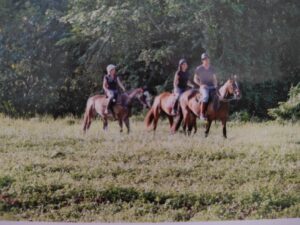
Intertwining Guided Walks of History, Habitat and Heritage
It’s like a three- in-one and atBB has recorded over 20,000 participants to such walks.
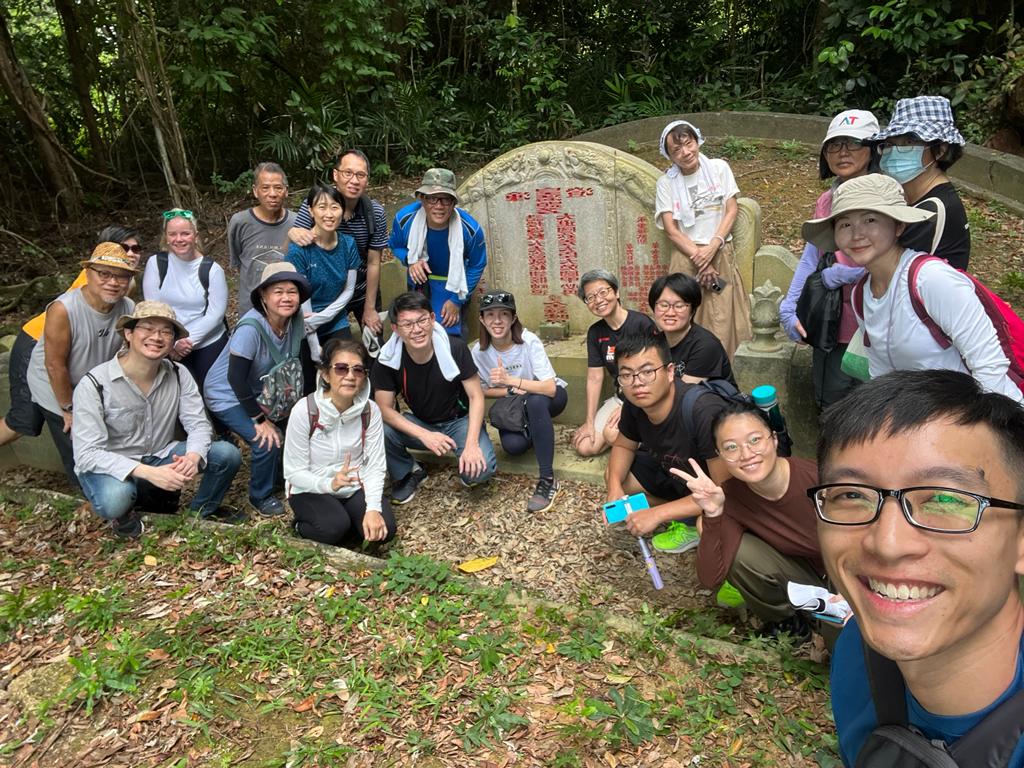
The grave of Tan Kim Ching. Kapitan Cina, Special Envoy in the Siamese court, scion of Tan Tock Seng
This blog post is extracted and adapted from a 2012 issue of Nature Watch. with thanks to the Nature Society of Singapore especially, Dr. Ho Hua Chew. Coming up “ The Spirit of Bukit Brown” by Ilsa Sharp.
A stopover at the the triple Wee tombs with a matriarch buried in the center flanked by her son on her left and daughter in law on the right. This was to familarise the group on material culture and what it represents, from protection to insurance for future descendants to be taken care of.
Catherine drew attention to the magnificent trees surrounding the junction of Hills 3 & 2 & 5, hosting birds nest ferns and bats.
We began proper at the grave of Tan Chor Nam aka Tan Ah Chye, founder member of Tong Meng Hui, and who subscribed to Sun Yat Sen’s vision of a Republican China. His grave marked by colourful crotons in its surrounds.
As we turned into another corner, the cluster of Cheang Hong Lims’ family, all relocated from the family burial grounds in Queenstown, probably to build our first HDB estate. Fabian spoke primarily about CHL and his beautiful and intelligent eldest daughter Murial who was made the executor of his vast estate and fortune, the subject of family feuds and infamous court cases.
Passed by the Instagram-able , Sikh Guards tomb, with a mention of the practice of “live” graves. And proceeding to Tan Boo Liat great grandson of Tan Tock Seng, and his legacy that continues the family tradition of philanthropy: the villa on a hill at Pender Road, he built in memory of his grandfather and named Golden Bell, meaning Kim Ching. A fervent advocate to ban the sale of opium, the scourge of addiction among the already impoverished coolies, he set up rehabilitation centers to help them kick the habit.
Tan’s neighbours are the triple Pang tombs, with husband and wife in the center, flanked by both his grandmother and her mother. They must have been close. His grandmother had vowed to be vegetarian, in exchange, the “gods” were to ensure that every member of the Pang family, survived WWII and came back safely, and they did. She is buried as a nun in a sitting position.
As we walked by Oh Sian Guan’s beautifully carved grave – he is the great grandfather of Kevin Kwan who gave us Crazy Rich Asians – we stood a minute’s silence, for Richard Hu our longest serving finance minister who passed away the night before. He is also part of the extended family of Ohs, Kwans’ and Hus’.
We ended officially at the grave ofTan Ean Kiam, philanthropist, founder member of the gentleman’s club Goh Loo – My Humble Abode – who died in the first year of the war, of a heart attack, or was it outbreak, to see all that the Chinese businessmen and many of them bankers, had built up in the economy, just decimated by the Japanese in the war.
He penned his own epithet. loosely translated:
“It doesn’t matter where I am buried
When the coffin covers me, that is my quilt
I am home.
It is a homage and comfort to all who had battled seas to arrive in Sinchew, Selatpor – old names for Singapore – and never made it back to the motherland.
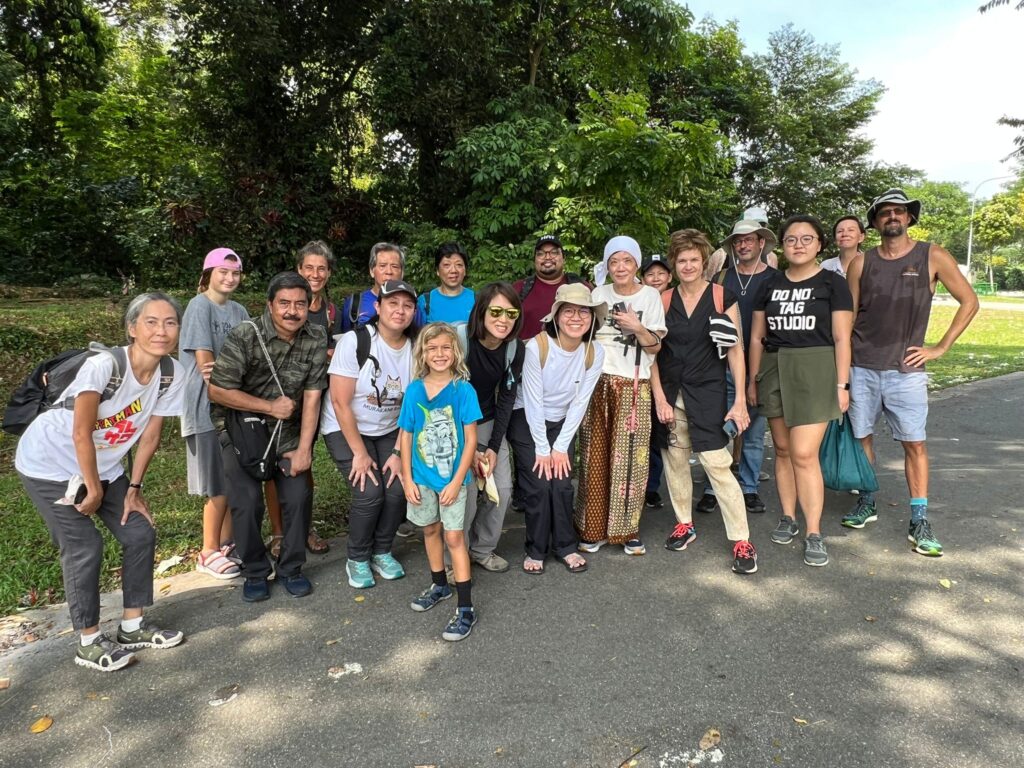
Thanks for coming and being such a great group of participants, especially the boy who kept me occupied while Fabian held court.
A guided walk to the rarely traversed hill 4 saw a turnout of 20 enthusiasts, some repeat customers, but the majority were first timers.
Our passing stop was the tomb of Tan Chor Nam, enroute to Hill 4, where Fabian explained the importance of the man who was the founder member of the Tong Meng Hui, the revolutionary arm of Sun Yat Sen, widely acknowledged as the founder President of the Republic of China.
At Hill 4, we had to abandon visiting the Tan Quee Lan cluster, because the route was cut off by too many fallen branches.
And so we proceeded to the Lim cluster to Chong Pang and his story of escape by sea during WW2, ship sunk, fortunately he was rescued, but unfortunately found himself back on the island, forced to serve in the Overseas Chinese Association, (OCA) which was essentially the Japanese propaganda machinery.
Much vilified by his own, was he like Lim Boon Keng who served as head of OSA, vindicated, after the war was over? Join us at our next guided walk to Hill 4 to find out and also find out what happened to his first family after he took a second wife.
The beautiful tomb of the coloured mosaic chips – “jian nian (剪黏)” – was next. Lovingly cleaned and glued back by a brownie over the last weekend. This is the tomb of the five cats, all decorated in a myriad of scattered colours. For an example of a finely restored mosaic chips, look no further than the roof tops of the Hong San See Temples at Mohamed Sultan Road, which received, a UNESCO award for restoration.
From 5 cats, it was just two stops over to Wong Chin Yoke, who on a covert operation in Indonesia was betrayed and killed by Japanese forces during WWII. His remains returned after the war, and he was given military honours at his funeral. Guarding his grave are two life size Sikh Guards.
From there, we moved to the end of Hill 4, adjoining the big bungalows of Caldecott, and visited with two luminaries from our early past,
At the grave of Cheang Hong Lim (CHL), Fabian pointed out how the tombstone was different from the shoulders, which were deep grey and carved elaborately. That’s because CHL was reburied from his family burial grounds in Queenstown area. Once the richest man on the island, he too, had to move house. His vast fortune was amassed from the misfortunes of addition, and many were coolies who could ill afford a opium habit. Yet he was generous to a fault, any appeal for charity would not be turned down. In the end, the question was asked, was he seeking redemption?
Tan Kim Ching, the eldest son of Tan Tock Seng was the last stop. What greater contribution to the then community of the disfranchised and the poverty stricken, the gift of a pauper’s hospital. A hospital that has grown, through the continued contributions of his descendants from Tan Kim Ching his son to Kim Ching’s grandson Tan Boo Liat et al. On his tombstone, Tan is honoured as a special envoy of the King of Siam. It is through a meeting between him and George Henry Brown, that led a widowed governess into the Siamese court to teach the children of King Mongut, the inspiration for the musical “The King and I ”
The brownies have visited the descendant of Tan’s second family, a wife bestowed on him by the King no less. And at the descendants house, which is a line from the daughter of Tan, we saw the jade beads that sometimes appear on the formal portrait of Tan Kim Ching. Unlike, CHL, Tan’s titles from the Manchu Court of China was of the second order. But Tan lived in an earlier time before Cheang Hong Lim, who paid for the title of the first order.
Reflection:
As we glimpse into the lives of the very wealthy and prominent leaders of the Chinese community of that time, we look at not only how they made their money from plantations of pineapples, rubber, and property, but also how they spent it -some may have been profligate – but there were definitely the ones who used their reputation, influence and wealth, to build a better life for the poor, a better society, and a better country. We visited with two this morning.
Thank you to the 20 people who turned up, engaged with Fabian and Catherine, asked interesting questions, shared their insights, we enjoyed your company. Please visit with us and other brownies when they explore other hills. We are in our 11th year of guiding walks and we have learned much on our journey with our visitors, and so we do what we do best, we tell stories.
100,000 graves, 100,000 stories.
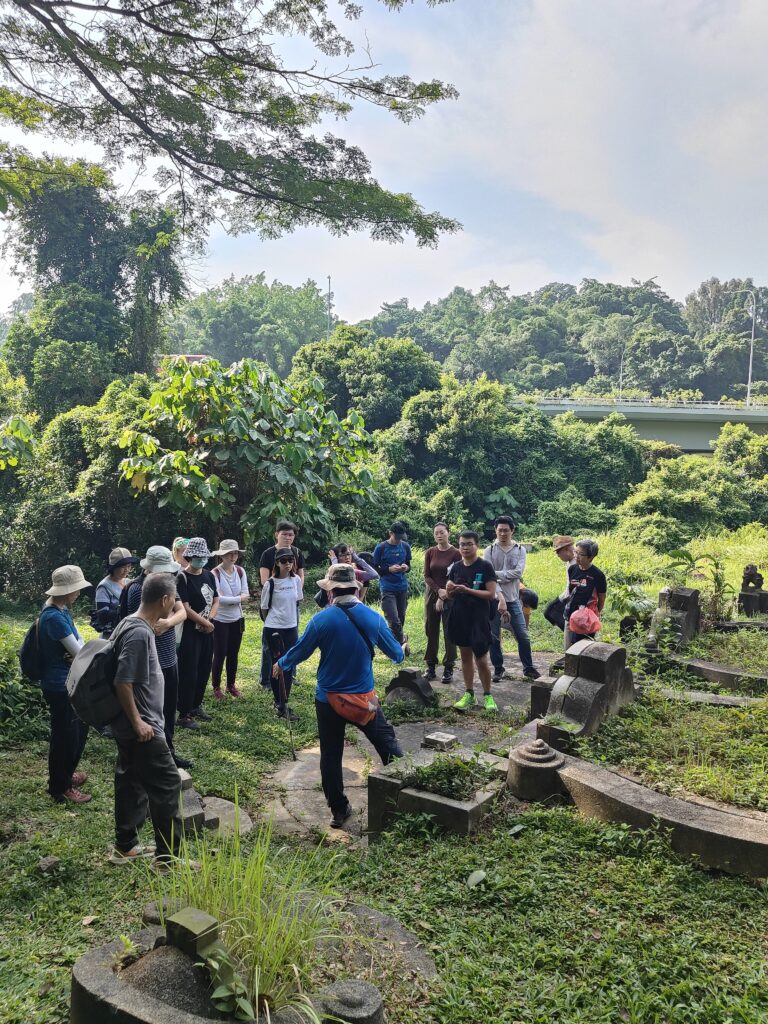
The escape by sea, the irony of being rescued and sent back to the “fortress” island that fell so ignominiously
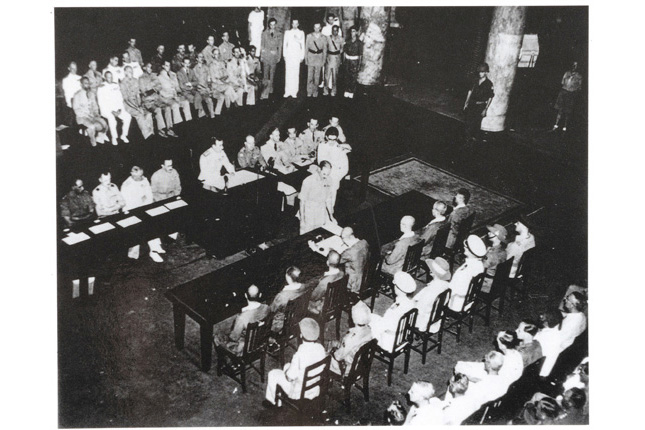
The Chamber of the Former City Hall was the site of the historic surrender of the Japanese on 12 September 1945. (c.1945. Image from National Museum of Singapore)
“12 September 1945, General Seishiro, along with four other Generals and two Admirals, entered the City Hall Chamber to formally surrender Singapore to Admiral Lord Louis Mountbatten, the British Supreme Allied Commander in Southeast Asia.” From Roots on WW II timeline.
So today marks Victory Day. But the joy and relief must have been short lived as people woke up to victory and at the same time came to grips with the loss and damage wreaked by three and half years of Japanese Occupation; Closer to the bone, came grieving for lives lost and unaccounted for.
Recently, I attended a talk by a researcher – delving into WW II history for next years commemoration of the 75 Anniversary of the fall of Singapore – who shared some memos she came across at the National Archives of Singapore which had sent the “hairs on her arm standing” . They were written by an officer under the British Military Adminstration BMA. The BMA was established in Singapore and Malaya during the period from the Japanese surrender to restoration of civilian rule on 1 April 1946.
The memos noted that reports of those missing during the war lodged by civilians to the BMA in the immediate aftermath of wars’ end, started to show a pattern of Chinese men missing from the dates corresponding to what we now know as Sook Ching. For a period of 3 weeks from 21 February to 4 March 1942, Chinese males between the ages of 18 and 50 were summoned to various mass screening centres and those suspected of being anti-Japanese were executed.
The full scale and nature of Sook Ching was certainly not known during Occupation and only painfully unraveled after the war. But there had been records handwritten and scribbled in secret by individuals of the names of the men who were taken and never returned. Some of these records came to light and later provided evidence needed for the war tribunals which took place a year later in 1946 in Singapore. A portal of the war tribunals held in Singapore launched at the end of August 2016 at the NUS Law Faculty and based on records from the British is an important initiative in documenting WW II history in the region.
In our own research into family history, descendants shared with us their oral records of those in their family who perished in Sook Ching, of which is captured in both our community driven book WW II@ Bukit Brown and also in this blog here and here.
Closer to home, and perhaps most poignant is a first ever record of the Sook Ching execution of two brothers on Punggol Beach documented in a poem by the late father of a family friend. The title of this blog post is taking from the anthology of poems and essays which are published in ” I Found A Bone and Other Poems” by Teo Kah Leng.
I reproduce here excerpts from the title poem:
I found a bone on Punggol Beach
Half buried in the sand,
And bleached by white by the sea and sun –
I picked it up with my hand
It was as brittle and as light
As coral in the sea
It has once an arm like mine
And a hope like me
…….
But then they came a fateful day
To shatter hope and faith
’twas nineteen hundred forty two
February twenty-eighth….
A machine gun sputtered a deadly hate
A bullet whizzed through me,
And I was dragged down by the line
That dropped before the sea
I heard my brother groan and die,
I heard approaching feet,
And Ah! I felt the welcome steel
That stopped my heart to beat
I held the arm bone in my hand
And let my warm tears fall,
My brothers were slain on Punggol Beach
My brothers Peter and Paul
Teo Kah Leng
(1909 -2001)
====================
(Benedict) Teo Kah Leng was an English and Literature teacher who started his teaching career in pre- war Singapore. “Paul” in the poem is his younger brother and “Peter” his older brother. On Teo Kah Leng’s poems, Dr. Eriko Ogihara-Shuck, who co edited the book and who has researched Malayan modernism writing in colonial Singapore, writes:
Kah Leng’s writing style clearly reflects that he was a “teacher – poet” who saw a pedagogical value in the reading and writing of poetry. Like many other English teachers of the 1950s and 60s, he adored poetry as a means of teaching students basics about English skills including pronunciation. He also believed that rhythms and rhymes are primary attractions to both his pupils and an adult audience, and hence poetry is also an effective way of transmitting important values in life.
Values such as compassion and going beyond the call of duty. Teo, was a devout Catholic who taught and served as Principal of Montfort School from 1927 to 1969 . The school was located in a predominantly Teochew enclave, where families were often too poor to send their children to school. His daughter Anne Teo writes of her father in the book:
” My father’s love, care and concern for others extended beyond the family. He would visit parents of students with financial difficulties to persuade them to allow their children to continue studying. He assisted them to seek financial assistance For some weaker students, he would stay back after school to offer them extra coaching in various subjects……..There were times to when he returned home for lunch, hungry as a bear, because he had given his lunch money to poor students who had no money for break time.”
Teo’s “legacy” to his daughter Anne was an anthology of 50 poems, almost all of which has been printed in this book, fulfilling her father’s dream of publishing a book on his poems.
by Catherine Lim, co editor bukitbrown.com
In 2009, the Coopers arrived in Singapore from the UK. Jon’s wife had a job posting here and Jon was to be during the duration of her posting, a house husband taking care of their 2 young children and running the household. As luck would have it, on the morning after they moved into their home, Jon on a “reconnaissance” of his new neighbourhood spotted a National Heritage Board marker introducing the WWII history of Adam Park.
From that day onwards, Jon’s life took on a different direction. Trained as a battlefield archeologist, he was to spend the next 9 years, juggling his responsibilities as husband and father with his passion for battlefield history, Singapore after all is rich and fertile ground for the “digging up” of WW II history.
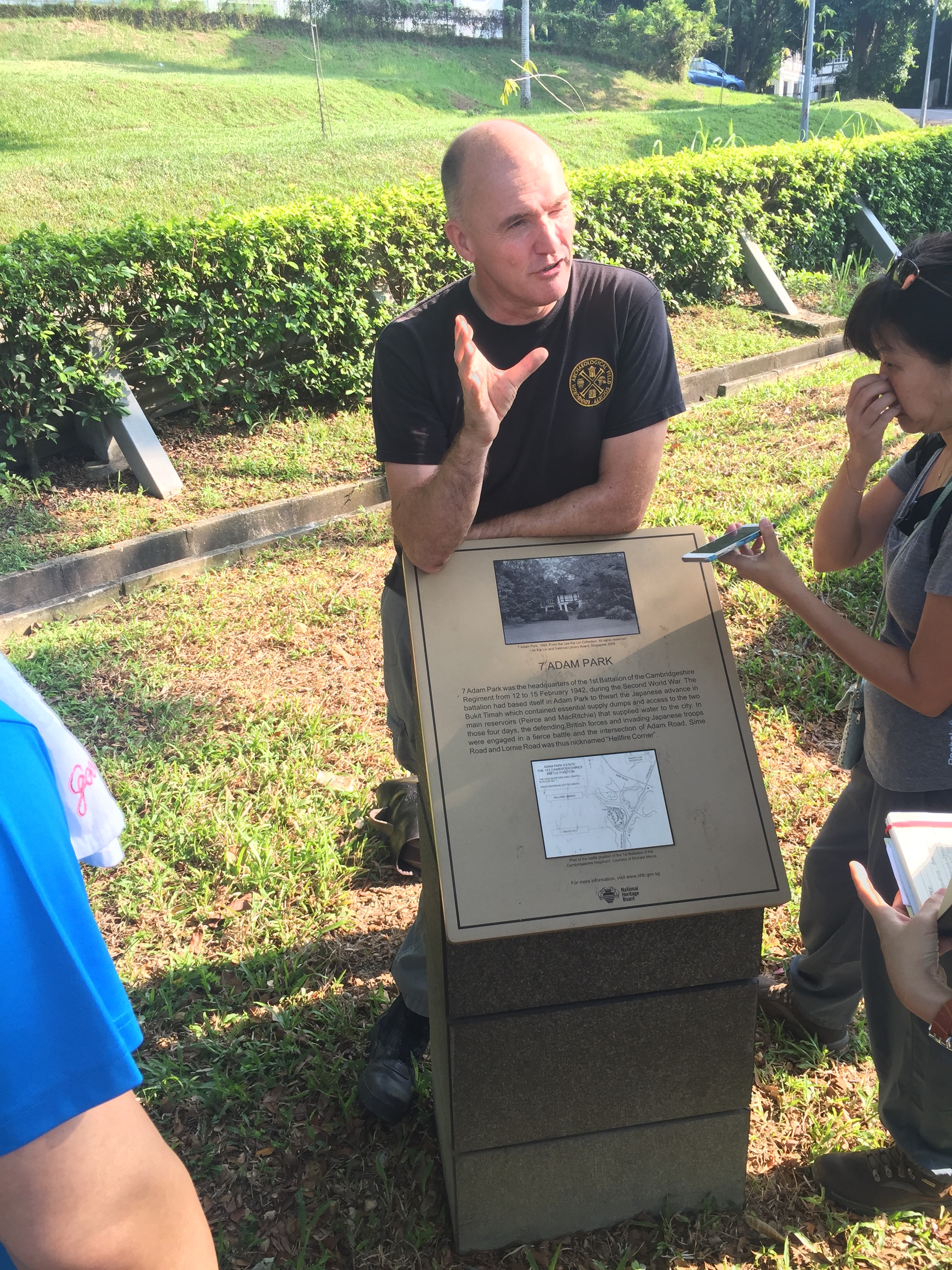
Jon Cooper and the NHB marker about Adam Park. The marker had been refurbished and revised by NHB recently (photo by Simone Lee)
Jon and his family moved back home to Scotland in July this year. In the time Jon was here, his contributions to WW II history included the regular once a month “Battle at Cemetery Hill” guided walks for All Things Bukit Brown which started in June 2012, an exhibition co-curated by Jon under Singapore Heritage Society held at National Library in commemoration of the 70th Anniversary in 2012 of the Fall of Singapore –Four Days in February: Adam Park the Last Battle- over 20 archeological digs as part of The Adam Park Project (TAPP) capping it all by the publication of Tigers in the Park. Published just weeks before he left for home, Simone Lee attended the last of the Tigers in the Park tours held in conjunction with the book’s launch.
=========
Jon Coopers Adam Park Project by Simone Lee
Adam Park is a significant place in Singapore’s history because it was where one of the last and fiercest battles was fought and was subsequently a prisoner of war (POW) work camp.
Located at the crossroads between Bukit Timah and MacRitchie Reservoir, Bukit Timah is the highest point in Singapore and where the British army supplies were kept. The Japanese captured Bukit Timah on 12th February 1942 and set its sights on cutting off the water supply to the city. The British troops guarding the Water Tower along MacRitchie Reservoir were ordered to move the defence line outward towards Bukit Timah, and engaged in battle with the Japanese troops at the halfway point which was Adam Park.
At Adam Park, Jon sets up the battlefield of engagement and from his research which includes oral interviews with war veterans, former residents of Adam Park, descendants and pouring over diaries and other private papers, Jon brings to life compelling stories of the people at Adam Park, igniting an important component of WW II , its social history.
The colonial black-and-white bungalows at Adam Park were built in 1929 for the European community. Generous lawns allowed for tennis courts and putting greens. The driveways had space for cars owned by residents and their guests. It is a beautiful, genteel estate away from the city and conveniently located close to the golf course which now belongs to the Singapore Island Country. Here are some highlights of the various houses with significant stories to tell in the book.
House No.16
Located on top of the hill, and dubbed ‘Bachelor’s Mess’ during the war, the first family to occupy house was the Dutch Consular General, Mr.Hendrik Fein, his wife and their “celebrity” daughter, Concha. They lived there for a few months in 1938 before moving to Mount Alma. Concha was reputed to be a great beauty, young and vivacious who became popular for helping the Singapore Charity Cabaret and regularly entertained the Allied troops. Unfortunately, Concha and her family were in the plane which went missing on its way to Australia when they were evacuated at the onset of war. Their plane was one of 2 carrying passengers from Java. The other plane landed safely in Melbourne with one of its passengers being Lieutenant General Gordon Bennett, who relinquished his post as the Commander of the Australian Army’s 8th Division in Singapore to escape being captured by the Japanese when it fell.
The Seefelds moved into No.16 after the Feins’. They had escaped Hitler’s persecution of Jews in Germany to England and then joined their sons in Singapore in 1939. Seefeld Snr continued his practice as a dentist here, but when WW II arrived on our shores, his family were rounded up along with other Germans and deported. Leaving in haste, the family left all their belongings, including a complete set of what was considered high-end dental equipment then and, furniture that he had brought with him from Germany. The dental set was later used by the Japanese military during their occupation. To the Seefeld familys’ astonishment, the entire set was then shipped to them in Australia, intact, shortly after the war ended.
While the city was being bombarded with daily air raids which began in December 1941, the Adam Park estate was barely touched by the bombings. No.16 became home to the Morrisons after the Seefelds and a few other families had also taken refuge in the house after homes in the city were destroyed. It was a short lived refuge. On 31st January 1942, the Morrisons left their home to board a ship out of Singapore. Their ship, the Empress of Japan had docked 2 days earlier carrying British soldiers from the 18th Division. The Empress left Singapore with civilians escaping the war, and by the time it arrived at Liverpool, it had a new name, the Empress of Scotland.
As the city was besieged, allied troops retreated to Adam Park. House No.16 saw action in the battle between the 1st Battalion Cambridgeshires and the 41st Regiments of the Imperial Japanese Army at Adam Park on 13 February 1942, 2 days before the British was to surrender Singapore.
House No.12
Despite being one of the last residents to evacuate the estate, Philip Cooper Sands returned to his home at No.12 each day during the battle at Adam Park and gave vivid accounts of the bombardments surrounding the house in his diary, and letters to his wife who had left on the same ship the Morrisons were on.
Read more about their stories in ‘The Residents of Adam Park’ page 33 of ‘Tigers in the Park’.
House No.20
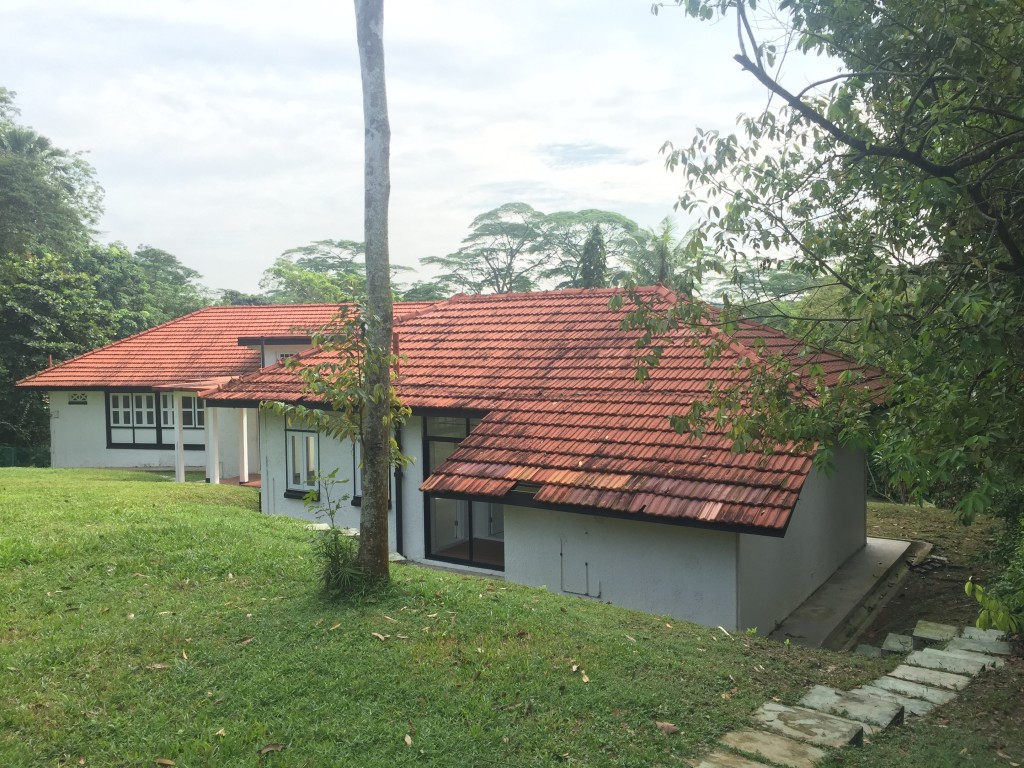
With some imagination, we could assume that the patches on the walls of house no.20 may have been battle scars from the mortars fired to drive the Japanese soldiers out of the house (photo by Simone Lee)
A few metres down the hill from house No.16, a triple coil Dannert barbed wire fence had been erected in front of house No.20. While about 100 men from the 1st Battalion’s D Company held on at houses No.13 and 14, C Company joined them late in the night on 13th February and set their positions at the remaining houses surrounding the defense line. To their dismay, they woke the next morning to find some 23 Japanese soldiers in house No.20. Apart from being exhausted from combat at MacRitchie the day before, the men at C Company were not aware that D Company had shifted their positions and unknowingly left house No.20 empty. A battle ensued between the new “neighbours”
Read more about the battle at house No.20, and how Corporal Pearson and Lieutenant Clift earned their medals from this battle in ‘Adam Park: HQ, C and D Companies, 1st Battalion Cambridgeshires Regiment’ and ‘The West End of Adam Park Estate: C and D Company, 1st Battalion Cambridgeshires Regiment’ from page 140 of ‘Tigers in the Park’.
House No.17 – Regimental Aid Post (RAP)
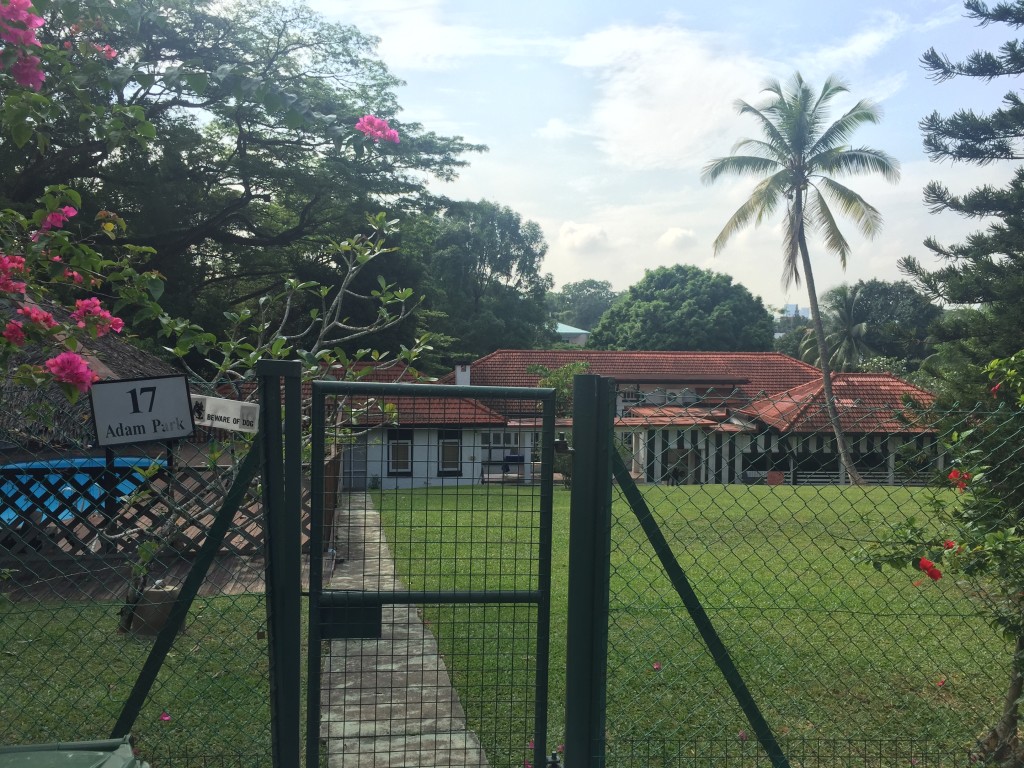
The Regimental Aid Post, House No.17. Injured soldiers sprawled onto the lawn after evacuating the house when it caught fire (photo by Simone Lee)
Red Cross banners hung from the windows of house No.17 which became the Regimental Aid Post (RAP) for the 1st Battalion. It was the first medic point for injured soldiers before being transferred to a hospital in the city. By 15th February, the RAP was overwhelmed with Cambridgeshire casualties. The medics were working quickly to attend to every injured soldier brought in while some of those wounded but could still walk, helped out. Six medical ambulances had arrived that morning bringing some relief. But before they could be loaded and sent back to hospitals in the city, the vehicles were blown up, and the RAP was ruined. A British soldier had fired at a Japanese tank that was collecting their own wounded and in retaliation, the Japanese shot back. Rounds of bullets from their machine guns and tanks pierced through the walls of the house and the fuel tanks of the ambulances, setting them on fire. Everyone in the house scrambled out to the garden. Unbeknown to both sides, a ceasefire had already been called and received at No.7 to prepare for surrender.
Read Sergeant Len Baynes and Lance Corporal Cosford’s account of the attack on the RAP in ‘The Final Act’, page 191 of ‘Tigers in the Park’.
House No.7
House No.7 sits at the bottom of the hill on the eastern end of Adam Park along Adam Road. It was thought since it was located on the reverse slope, away from sight of the Japanese troops at Bukit Timah hill, No. 7 was most strategic to house the battalion’s headquarters. The battalion held up at the estate for 3 days of battle. However, by the end of the fighting, the Japanese troops had managed to infiltrate the surrounding areas. The house was then in full view of the enemies and bombarded by Japanese artillery.
On the afternoon of 15th February, Lieutenant Colonel Carpenter who was in charge of the 1st Battalion sent a message to the 54th Infantry Brigade headquarters to explain about their dire situation and asked permission to move the battalion away from Adam Park. Minutes later, the message of the surrender arrived. It took Carpenter a few moments for the message to sink in before sending out the order to cease fire. It took more than an hour for the message to reach the units at the other end of the estate.
While the Cambridgeshires were stricken with the shame of defeat, General Arthur Percival was negotiating the terms of surrender with Lieutenant General Tomoyuki Yamashita at the Old Ford Factory.
Read ‘The Final Act’ from page 191 of ‘Tigers in the Park’.
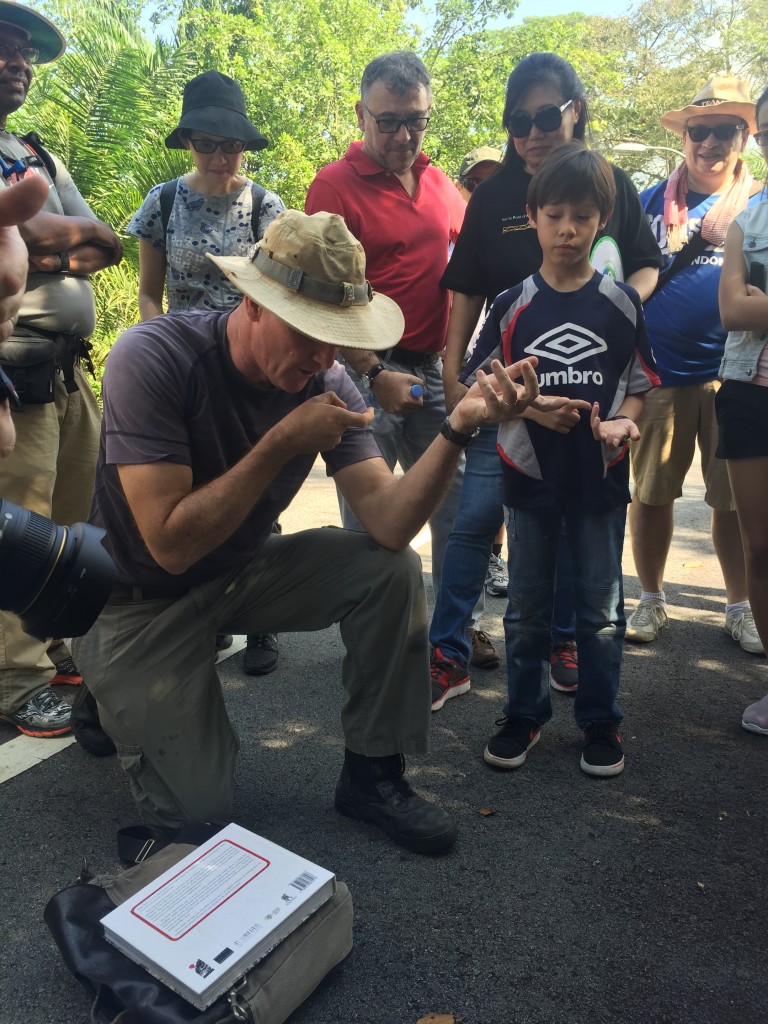
Jon reenacting a scene from the battle (photo by Simone)
The Aftermath
The day after the surrender, the surviving Cambridgeshires were packed onto a tennis court at one of the houses. They dug a single latrine at the corner of the court. The stench from it, drove the Japanese soldiers farther away as days went by and the latrine trench overflowed when it rained. On 19th February, a week after the Cambridgeshires had arrived in Singapore, they marched to Changi Prison to join the rest of the POWs.
A month later, the fittest POWs were moved to Adam Park. It became a working camp for some 2000 Australian and 1000 British POWs from March 1942 to January 1943. They were chosen to help build a Shinto shrine at MacRitchie Reservoir. But the first thing they had to do was to repair the war torn estate and settle in. They organized the estate into barracks and life at the Adam Park camp was comfortable compared to Changi Prison camp. They got the electricity, even air conditioning and water heaters working and enjoyed proper sanitary and ventilation. They picked up some Japanese language from chatting with the guards. Work was not considered too hard and hours were not too long. It was no holiday camp but they were provided with ample rice to cook and bought bread rolls and sweets from the canteen at house No.11 with the little money they were paid from the ‘Shrine Job’. And because the camp was not fenced up, some of the men would sneak out after the lights are out at 10pm to trade in the city for other sources of food.
Read ‘Settling In’, the ‘Shrine Job’ and ‘Trade’ from page 230 onwards of ‘Tigers in the Park’.
House No.11 – The Prison Chapel
One of the major facilities set up by the POWs was the “mess hall” which also housed a chapel. It was the second POW chapel remaining in Singapore, the first being the St Luke’s Chapel in Roberts Barracks which has been reproduced at Changi Museum. Captain Eric Andrews took on the role of a ‘padre’ to the men who sought spiritual guidance.
The house was badly damaged in battle. The chapel was on the second floor of the house, above the canteen. Because of the damage, the only access up the chapel was via the fire escape staircase at the back of house. Captain Andrews and a few volunteers repaired the remaining part of the room for the chapel and worked on designing the altar. It was plain and simple and they scavenged for materials they could find around the area – pieces of glass and transparent paper for the stained glass windows above the altar, yellow clay and Reckitt’s Blue for paintings on the wall.
The altar cross was bought from the Mortuary Chapel at Alexandra Hospital. Mother Mary and a scroll with the Bible verse; “Lift up your heads, O ye Gates and the King of Glory shall Come in” were painted. However, Captain Andrews was not able to draw faces very well hence he cut the face of Dorothy Lamour from a magazine and fitted it over Mother Mary’s. According to an account by Lieutenant Colonel Oakes, “Backlit from the outside the final image looked very impressive”.
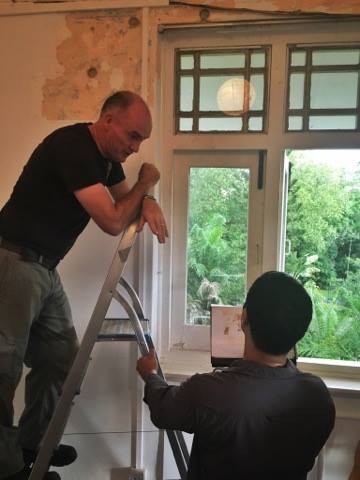
Jon Cooper explaining about the murals to Senior Minister of State, National Development Desmond Lee on a private visit. A small patch of the mural is visible above Jon’s head (photo Chua Ai Lin)
Jon’s research into the whereabouts of the chapel murals even when he had evidence of drawings from Mitchell, drew a blank when he interviewed survivors. He finally confirmed the location, when he realised, the men were more familiar with No.11 as the mess hall and canteen rather than the chapel. He was asking the wrong question!
Read more ‘The Prison Chapel’ from page 290 of ‘Tigers in the Park’
Today
All 19 houses at Adam Park which belong to the government are intact after repairs and available for rent. Most of the houses have been fenced and gated for security and privacy. House No.7 previously tenanted by National University of Singapore Society (NUSS) Guild House is at present unoccupied. No.7 and No.11 together with a handful of others are awaiting for new tenants. Without live in tenants, the buildings tend to wear out faster. But it is prime rentals and the market is weak.
Jon Cooper hopes that the estate will be preserved and protected by authorities. He believes that it is a heritage site that still has much to offer in research, and a tangible reminder of the stories that he and his team has uncovered. And because of its historical significance, the site can still be kept as residences by promoting low impact heritage, such as the small groups he has been conducting walks for, which don’t encroach on the privacy of residents and respect boundaries.

Jon Cooper’s tour becomes interactive when participants help reenact scenes from the battle (photo by Simone Lee)
Archaeology

Jon showing participants a Cambridgeshire cap badge, one of the many items found during the archaeology projects (photo by Simone Lee)
Jon Cooper started The Adam Park Project (TAPP), organising residents and recruiting volunteers to do archaeological work at the estate. Over 7 years, more than 1200 World War 2 artefacts have been dug up following 21 metal detector surveys and two excavations. The artefacts are now with the Iseas-Yusof Ishak Institute and Singapore History Consultants.
The artefacts and the stories behind some of the items, such as artillery shells, military badges, gas masks, and 19th century coins, have also been catalogued in TAPP’s Virtual Museum: http://www.adamparkproject.com/virtual-museum/
Tigers in The Park
Jon’s book is divided into four section, -section 1 covers civilian life in the estate before the war, 2, the battle at Adam Park, 3 POW life, and finally Adam Park, post war – comes with icons and QR codes leading to the Virtual Museum , a website which also allows visitors to comment and interact hence, allowing updates and amendments to the book to be made at real time.
Tigers in the Park can be purchased at larger bookstores and also online:
https://www.ethosbooks.com.sg/products/tigers-in-the-park
“In the end we will conserve only what we love; we will love
only what we understand; and we will understand only
what we are taught.” (Baba Dioum, 1968.)
A quote by the Guest of Honour Senior Minister of State , Desmond Lee (National Development and Home Affairs) in his address , captured aptly the journey of the Bukit Brown community leading to another milestone in what has been dubbed ” a movement” with the launch on 16 April, 2016 of the book WWII@Bukit Brown – a collection of essays, poems and stories from the community of Brownies and descendants.
In his speech, Minister Lee recounted his first guided walk at Bukit Brown Cemetery with his constituents :
“During the visit three years ago, we learnt about the history and heritage of our pioneers from the stories shared by the Brownies.
Over the years, we have all been very impressed by the passion demonstrated by the Brownies, as they have contributed so much of their personal time, personal energy and expertise to research, document and share the history of Bukit Brown with the rest of us in Singapore.
They are an example of what the community can do to connect with, and to celebrate our history. But if we reflect on it, although Bukit Brown is a cemetery, their work is so much more than just about the past. It is also very much about our future.
The research that the Brownies did led descendants to approach them for help to identify their ancestors’ resting places, and from there, an opportunity to open up conversations about their personal and family stories, which they then shared for the benefit of posterity.
I understand that some of the descendants are here. Some of your stories and stories of your forefathers have made their way into this book. This book is a testament to the hard work and effort the Brownies had invested over the years.”
We were also honoured to have descendants among the contributors to the book grace the launch and they included the descendants of Tay Koh Yat, Tan Ean Kiam, Cho Kim Leong and Tan Kim Cheng.
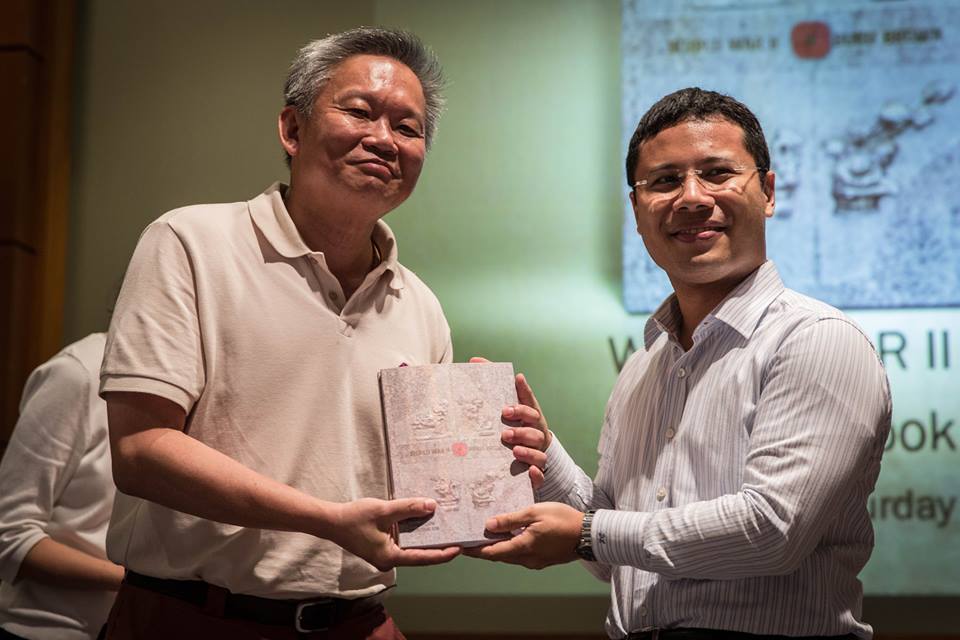
Tan Keng Leck, grandson of Tan Ean Kiam with Minister Desmond Lee. The Tan Ean Kiam foundation is also one of the sponsors for the book (photo Lawrence Chong)
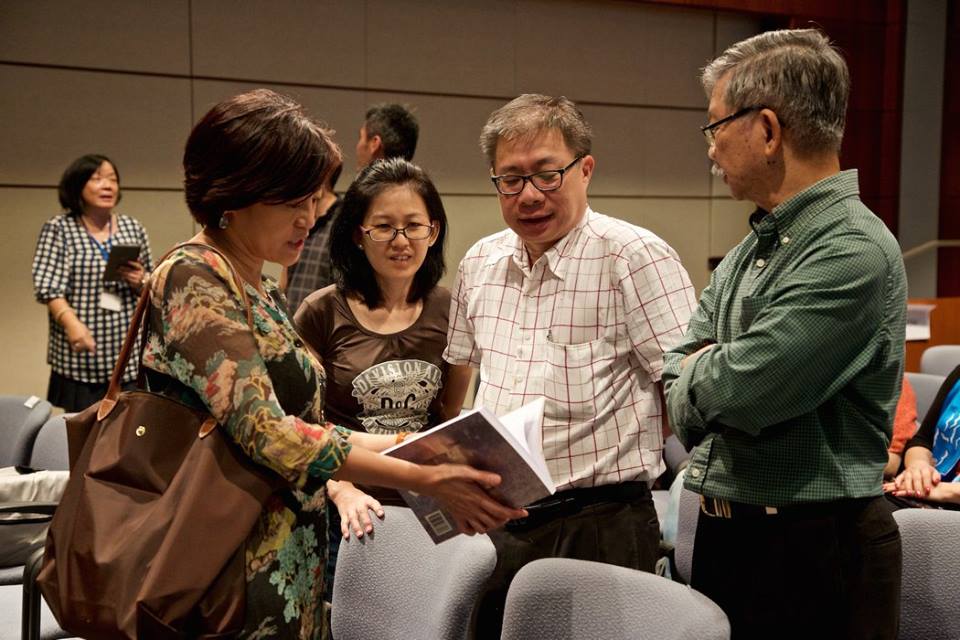
Claire Leow (Editor) with the youngest and oldest grandsons of Tay Koh Yat showing them the chapter on their grandfather.(photo Carolyn Lim)
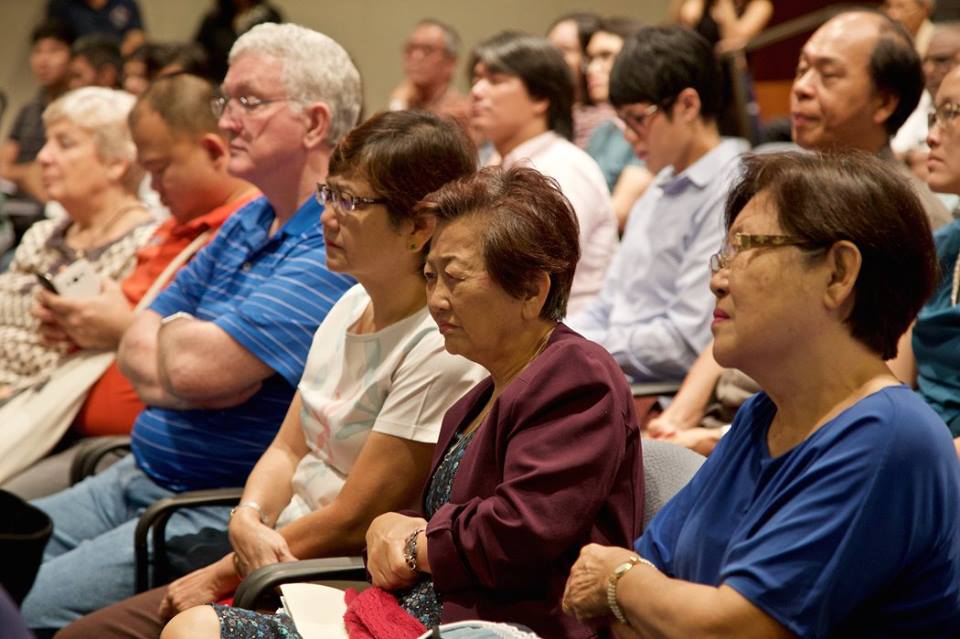
Jenny Soh in maroon top is the niece who was saved by her Aunt Soh Koon Eng who died during a bombing raid at their home in Geylang. (photo Carolyn Lim)
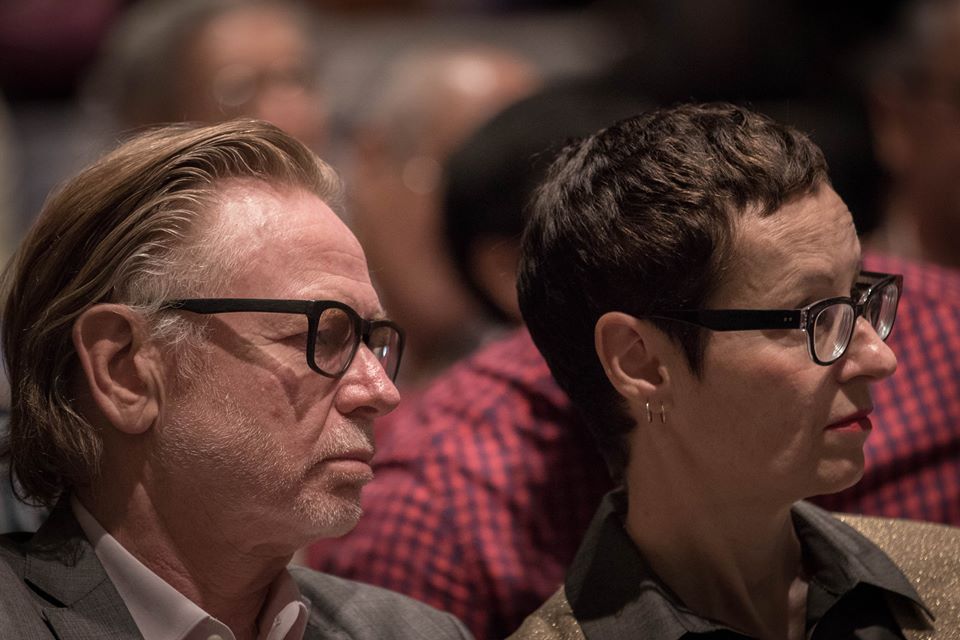
Among the guests who attended, the Australian High Commissioner Philip Green and his partner Susan who have been guided by Brownies (photo Lawrence Chong)

The Editorial Team (minus 2, Yik Han and Raymond Goh) with Minister Desmond Lee. L-R Catherine, Claire, Simone, Peter, Minister Lee, Bianca, Fabian, Chyen Yee, Charles (photo Lawrence Chong)
It was an occasion for connections and re-connections.

SHS President Chua Ai Lin with Dr. Tan Cheng Bock an old family friend and Alex Tan Tiong Hee who contributed a chapter in the book. (photo Lawrence Chong)
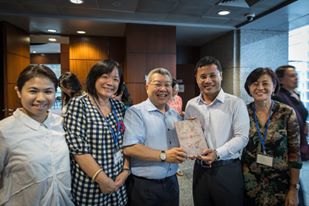
SHS President Chua Ai Lin, Catherine (editor) Kevin Tan (former SHS President and Editor of ” Spaces of the Dead- A Case from the Living 2011″) Minister Lee and Claire (editor) – Overheard, Kevin recounting to Minister it took 11 years to raise funds for the book Spaces of the Dead also published by Ethos (photo Lawrence Chong)
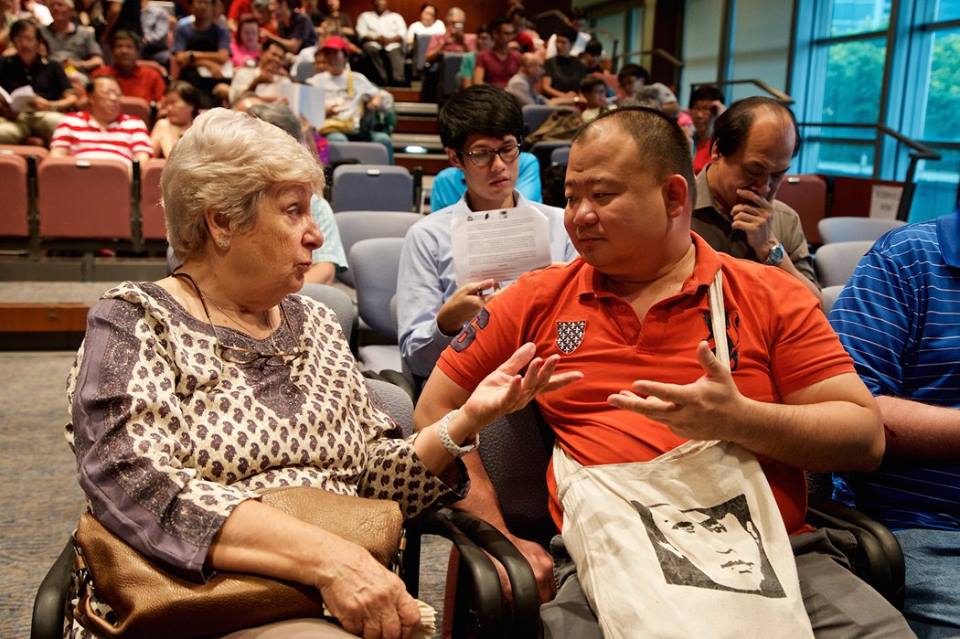
Descendant of Dr Lee Choo Neo – Singapore’s first female doctor – with CW Chan who contributed a profile piece of Lee Choon Seng – “oh to be a fly on the wall of this conversation” (photo Carolyn Lim)
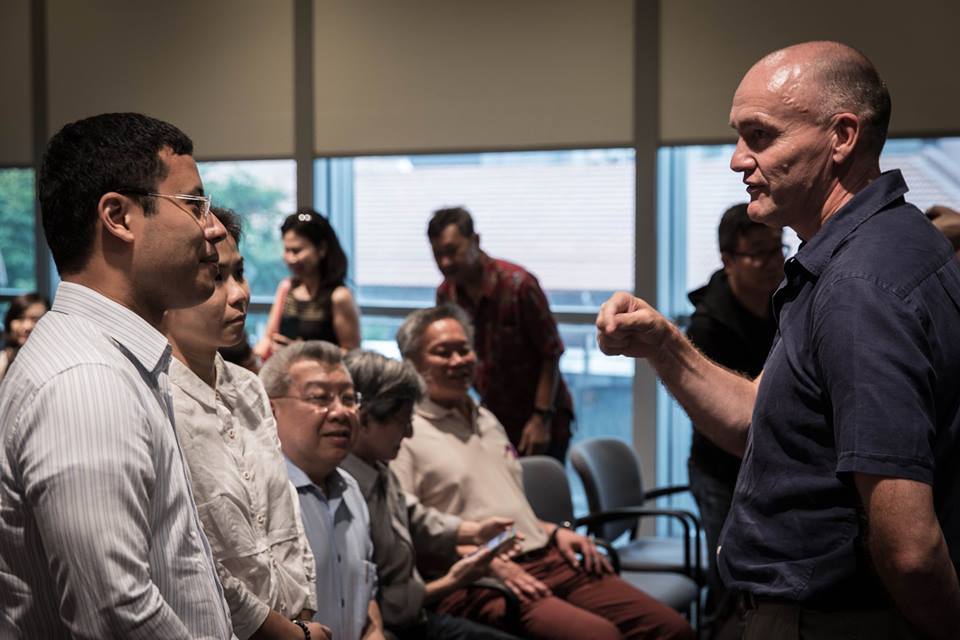
Minister Lee meeting Jon Cooper who contributed a chapter to the book and recently launched his own book Tigers in the Park on the WW II archeological digs he conducted over a span of 6 years as part of the Adam Park Project
Jon, captivated the audience at the launch with his stories of the descendants and survivors of POW camps he had met in the course of his research (photos of Jon’s presentation by Lawrence Chong)
And finally a pictorial thanks to our sponsors in no particular order :
And as previously mentioned Tan Ean Kiam Foundation is one of the sponsors.
You can support funds for the book by purchasing a copy or more here
If you would like to bulk purchase books to donate to community organisations, drop us an email a.t.bukitbrown@gmail.com
And here’s a reminder of “who” this is all about:
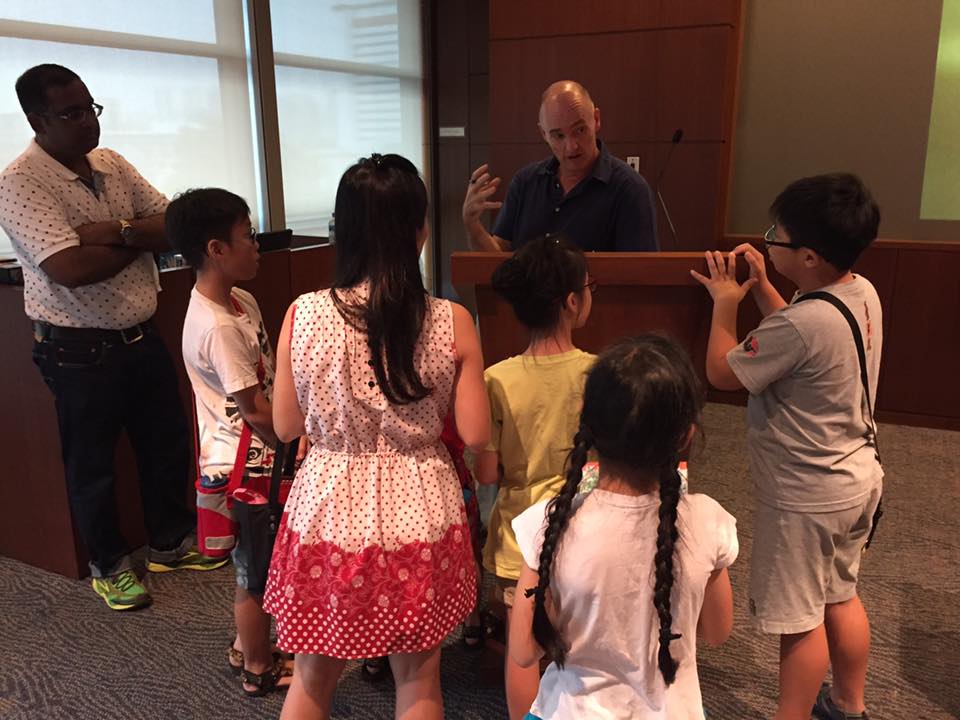
“In the end we will conserve only what we love; we will love only what we understand; and we will understand only what we are taught.” (Baba Dioum, 1968.) Photo Simone Lee
Acknowledgments:
To everyone who came, out heartfelt gratitude. To our official photographers, Lawrence Chong and Carolyn, thank you.
Look out for more stories about the launch and updates about the book in the blog under History : Books
Co Publishers:
Ethos Books and Singapore Heritage Society
Liberation 70 by All Things Bukit Brown
Publishers: Singapore Heritage Society and Ethos Books
Date Of Publication: 5 December, 2015
The Singapore Heritage Society (SHS) and All Things Bukit Brown (atBB) are pleased to announce their plans to publish a collection of essays and poems, mined mainly from oral history and family archives, which looks at the Second World War (1942-1945) and the impact in Singapore from the perspective of those interred at Bukit Brown Cemetery.
The book commemorates the 70th anniversary of the Liberation of Singapore under Japanese Occupation (Sept 1945) by offering new material and insights into the human tragedy of war, which adds another layer to the already vast literature on WWII in Singapore.
“The stories have taken us to the Endau Settlement in Johor, to Taiping (Malaysia) and to the beaches of Normandy in ways so unexpected they took our breath away,” said Claire Leow and Catherine Lim, co-founders of All Things Bukit Brown, a group of volunteers who work to raise awareness of the municipal cemetery. “It is a slow and at times painful unravelling of family history, lost in memory but for the persistence of descendants. It has taken seven decades for some of these fragments to be pulled together, and we see this not as a one-off book but a first step in the difficult journey of re-discovery and re-membering. The narratives also re-affirm to us Singapore’s place in regional and global historical narratives.”
It is a known fact that many who lived through the horrors of war and Occupation barely spoke about those days. The 70th anniversary of the Liberation, coinciding with an outpouring of emotion as Singapore celebrated the Jubilee of independence (SG50), unlocked the memory vaults of strangers who entrusted the editorial team with intimate familial stories and memorabilia. The compilation will span across the immediate pre- war, occupation and post-war years for the people of Singapore. It will also feature a poem of lamentation for soldiers lost in the battle at Bukit Brown, juxtaposed against recently unearthed official archival material on the battle that was fought at Cemetery Hill aka Bukit Brown Cemetery, with anecdotes from the diaries of soldiers, the pastor who bore witness to the aftermath, as well as memories of surviving prisoners of war who lived in the nearby Sime Road POW Camp. Most of this will be new, unpublished material.
SHS is pleased to support this ground-up project, as an extension of the advocacy the society encourages and the Bukit Brown cause that SHS has backed since 2011, when the cemetery came under threat of development first through a highway and later, housing.
“Bukit Brown has unexpectedly turned out to be a touchstone about the loss of heritage – tangible and intangible – in a Singapore eager to modernise and develop,” Chua Ai Lin, President of SHS. “The book is an important evolution of the civil society movement to uphold Bukit Brown as a site of national significance, and illuminate one of its more fragile narrative threads. It brings together at once the strategic and personal importance of the site, and SHS is pleased to once again support All Things Bukit Brown, which has evolved from a volunteer base guiding weekly public tours and regular customised tours, to hosting exhibitions and participating in arts programmes to reach as broad a support base as possible to save what is left of the site.”
The book, which now has the working title “Liberation70”, is ultimately a tribute to those among us, civilians and soldiers who laid down their lives. In the Ode of Remembrance read at most war commemoration ceremonies worldwide, the public repeats the key line, “We will remember them.” This is our collective act of remembrance.
The book will be co-published by the Singapore Heritage Society and Ethos with a partial grant from the National Heritage Board, under its Heritage Participation Grant. All proceeds from the book will be channelled into future Bukit Brown projects.
————————————————————
Singapore Heritage Society was founded in 1987 and is a non-profit, non-governmental organisation and registered charity with Institution of Public Character (IPC) status. It is Singapore’s leading organization dedicated to research, education and advocacy on Singapore’s history, heritage and identity. SHS is behind many significant publications on Singapore history including Syonan: Singapore under the Japanese, 1942-1945 (1992); Memories and the National Library: Between Forgetting and Remembering (2000); Spaces for the Dead: A Case from the Living (2011).
All Things Bukit Brown (atBB) is the banner for a community of volunteers who conduct independent research and guided walks on Bukit Brown Cemetery. Since they came together as a community in 2012, they have collectively organised public talks with partners such as the NUS Museum and Chui Huay Lim Club, two exhibitions and successfully nominated Bukit Brown Cemetery as the first site in Singapore to be placed on the World Monuments Fund Watch list 2014-2016. Claire Leow and Catherine Lim, co-founders of the blog, bukitbrown.com are the editors for the book, backed by a volunteer editorial team from within the community.
Update: For the latest on which library the exhibition has moved to please click on this FB page link
Becoming Bishan: A Heritage Exhibition
What is Bishan? A concrete jungle of million-dollar HDB flats? The futuristic, award-winning architecture of SkyHabitat and Bishan Library? Or even the bustling activity of Junction 8? These are the conventional perceptions of the young, vibrant town of Bishan – an ex-cemetery transformed into a heartland showpiece.
Our team, however, felt that there just had to be more to this rising area. Whether we were lifelong residents of the district or saw it as a mere part of our daily commute to school, we became increasingly curious about how this place came to be. Why was there even a cemetery in Bishan in the first place? Did people live in Bishan before the HDB flats were built? What was Bishan’s place in the Singapore Story?
Driven by overwhelming curiosity, we, in conjunction with the Raffles Archives and Museum, embarked upon the Becoming Bishan Project, hoping that the outcomes of our research would be able to provide a poignant contribution to our country’s jubilee celebrations.
Our first step was to analyse the development of Bishan through maps. One of our members, Yilun, is an avid map enthusiast with an especial interest in urban redevelopment. With gusto, he surfaced many old maps of the area, the oldest dating back to 1924. Through painstaking effort, he managed to highlight the stark changes in the landscape of the area, as well as match old landmarks of the area to more familiar present-day ones. The topographical studies revealed many details about the geography of the Bishan area. Today, the land that makes up Bishan is rather flat. However, the contours of old maps suggest that pre-redevelopment,
Bishan was covered by rolling hills. Many photographs also show the grave-covered hills with the HDB flats of Toa Payoh in the background. This explains the how the name “Bishan” (“Jade Hills” in Mandarin) came about. One of our interviewees even compared the view from a Toa Payoh flat to a green dragon, because of the undulating hills and the scale-like tombs on them.
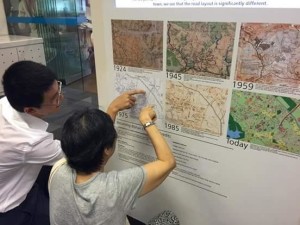
The highlight is a series of maps of Bishan tracing the landscape of changes from 1924 to the present (Photo RI Student Project Team)
There were several kampongs within the cemetery, the most notable one being Kampong San Teng, whose kampong association members still meet regularly today. Interviews with the old residents revealed a rather self-sufficient community, with a school, farms, a teahouse and a market. There was also a cinema, Nam Kok cinema, in the Bishan area that screened Chinese and Western films. A worker in the KPT coffee shop in Bishan North told us of how he used to work there, proudly showing us his old posters of Elvis Presley and actors from Hong Kong. But when we asked about people’s impressions of Bishan before redevelopment, the greatest fears were not ghosts and spirits, but secret society activity.
We also made several exciting discoveries along our research journey. One was that Bishan was once a World War II battlesite! Jon Cooper, who also runs the Bukit Brown battlefield tours, managed to surface the battalion diaries and hand-drawn maps of the Second Cambridgeshire Regiment. These documented the action at Braddell Road in the dying days of the Battle for Singapore (1942). Further research revealed that the battle positions occupied by the British troops are the present-day locations of Junction 8 shopping mall, Bishan Library and Raffles Institution. This story was corroborated by many residents, who recalled the sounds of gunfire through the rolling hills of Bishan. Another revelation we made was that the philanthropist Wong Ah Fook was once buried in the Peck San Theng cemetery and his ashes now lie in the columbarium, something that even those running the columbarium had been unaware of.
Along the way, our team has also met and befriended many diverse characters, who each have their own personal stake in Bishan. From the intriguing Mr. Molay, a Cantonese-speaking Indian man whose father once owned a hundred cows in Bishan, to the unabashed Mr. Loh, who once ate human flesh to survive the deprivation of the Japanese Occupation, it is the stories of these people who make the Bishan Story come alive. We thoroughly enjoyed the opportunity to talk to these individuals and learn more about the almost-foreign land that is the past. Later, we also spoke to current residents who told us about their thoughts and memories about this place. Though it is hard to say that the HDB dwellers of today have the same community spirit as kampong residents did, it was interesting to note how people develop, or fail to develop, attachments to Bishan.
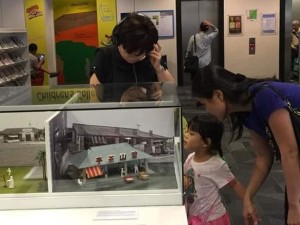
Visitors to the exhibition have a chance to listen in on their memories of Bishan as a cemetery and its social community life then (photo RI Project Team)n
We feel immensely privileged to have had the experience of exploring Bishan’s story and curating this exhibition, and hope that you might find meaning of your own in our fruits of labour and love.
The Becoming Bishan exhibition will be officially launched on 11 July (Saturday), from 9 am – 12 noon, at the Bishan Community Library. This event will be graced by Senior Minister of State Josephine Teo. The exhibition will run at the Bishan Community Library from 1 July to 23 August, Ang Mo Kio Public Library from 24 August to 30 September and Toa Payoh Public Library from 1 to 31 October.
This is a student project from Raffles Institution, as part of the South cluster schools’ contribution to the SG50 celebration efforts.
This blog post is a team contribution from the students of Raffles Institution involved in Becoming Bishan.
atBB reviews:
atBB visited the exhibition and we are struck by the sheer breath of the history and heritage the students have been able to uncover of Bishan and how it has evolved into what it is today. From the old to the modern, the curated posters capture more than a snap shot, but with carefully chosen quotes, it has emotional resonance such that, one can be transported to a different time and space in Singapore.
Of particular interest was the coverage on how the community coped with WW 2 and provided refuge for other residents in other areas in war torn Singapore.
The exhibits on WW II was an eye opener with artefacts from both Japanese and British sides.
Augmented with video recordings of residents interviewed makes this exhibition a exemplar template for exhibitions on other neighbourhoods to emulate. Accompanying the exhibition is a pictorial booklet which value adds the exhibition and makes for a treasured keep sake for those interested in history and heritage and the transition to the modern.
atBB has been following the development of this project since the students first approached us for help in understanding cemetery culture and symbolism. We are proud to have made a small contribution to this project and have to say that full credit go to the students for taking it so far from when they first began. Congratulations and well done!
Mdm Chng of the Pang Family – A Mother of Journalists, Educationists and Revolutionaries
by Ang Yik Han
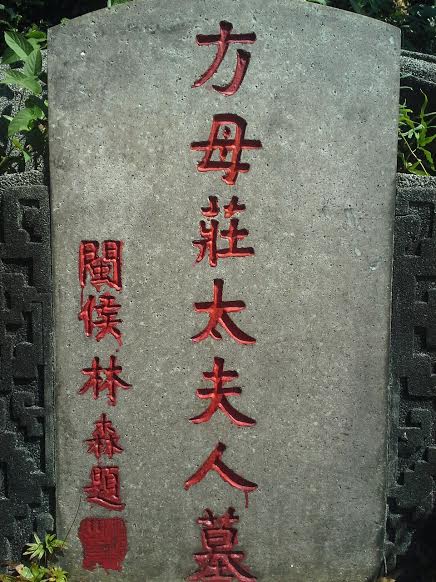
The tombstone of Mdm Chng, who died in 1936 at the age of 77. The characters on the tombstone were written by Lin Sen, KMT Chairman. (photo Yik Han)
Located at Hill 4 in Bukit Brown, the Teochew style tomb of Mdm Chng of the Pang family (方母莊太夫人) is simple and nondescript. A sharp-eyed observer will notice however that the calligraphy on the tombstone came from the hand of Lin Sen (林森), Chairman, of the ruling pre war Nationalist government in China.
Another sign of her family’s close connection to the Kuomintang was the fact in her obituary in the Nanyang Siang Pau, she was described as the mother of a martyr. This was in reference to her second son, Pang Nam Gang (方南岡), whose story was recorded in Feng Ziyou’s “Anecdotal History of the Revolution《革命逸史》” published in 1948.
Although two of Mdm Chng’s sons passed away before her, the names of all her sons were inscribed on her grave: Siao Cheok少石 (deceased), Nam Gang 南岡 (matyred), Chee Dong 之 棟, Huai Nam 懷南, Chee Cheng 之楨. Also present were the names of two daughters, though her obituary only mentioned one surviving daughter.
Pang Nam Gang had a good grounding in classical Chinese education. However, he spurned the traditional path of becoming a mandarin and chose to pursue his studies in Japan. There, he joined the Tongmenghui. Deeply committed to overthrowing Manchu rule, he devoted his time outside of studies to learning how to make bombs.
In 1905, Pang and eleven of his compatriots in Japan were ordered by Sun Yat-Sen to return to China to assist in the Huang Gang uprising in the Teochew region. Injured while preparing bombs, he was brought to Hong Kong and hospitalised, hence missed out on the action. When the uprising petered out, Pang decided to join his uncle who was a local governor in Gansu, with the intention of seeking opportunities to incite the local Hui people to rise against the Qing. His uncle was initially pleased to see his nephew, but flew into a rage when word reached him that Pang was a revolutionary. Locked up by his uncle, Pang escaped with the help of other relatives, stealing two horses and riding to Hankou, where he sold the horses and boarded ship for Japan to continue his studies. Eventually, he made his way to Penang where he became the editor of the Kwang Wah Yit Poh newspaper which was linked to the Tongmenghui.
The young revolutionary could not sit still for long. When news of the successful 1911 uprising in Wuhan reached the Nanyang, Pang rushed back to China where he raised a fighting force in his home county of Pho Leng. When Yuan Shikai was elected the first President of the nascent Chinese Republic, Pang felt that Yuan could not be trusted as he had too many links with the old regime. Disgruntled, he returned to Penang where he took up his old job at the newspaper.
Pang’s worst fears came true in 1915 when Yuan Shikai assumed the title of Emperor. This time, he could no longer abide the situation and returned to China again to fan the flames of revolution. Unfortunately, he was captured in Macau by Yuan Shikai’s agents and smuggled across the border and imprisoned. At first, he assumed a false identity and did not divulge any information even under torture. However, his fervent preaching of revolutionary ideas to his fellow prisoners gave him away and he was summarily executed. So perished a martyr of the Chinese Revolution at the age of 29.

Photo of Pang Nam Gang (reproduced from the book “The Teochews in Penang: A Concise History” by Mr Tan Kim Hong)
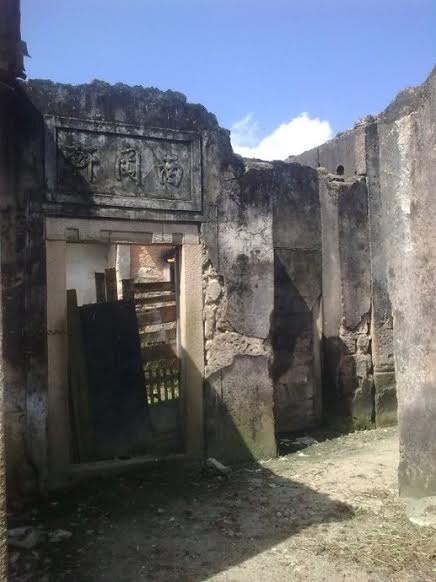
The house of Pang Nam Gang in Pho Leng (taken from the site 方益森的博客 http://blog.sina.com.cn/s/blog_756c1ab90101ipv2.html)
Mdm Chng’s obituary also mentioned that her three surviving sons were active in the areas of journalism, education and social works. Her youngest son, Pang Chee Cheng (方之楨), was in the limelight as well for his involvement in politics. A journalist, he was a KMT cadre who actively canvassed support for the party as one of the main committee members of the Nanyang branch headquarters.
In 1930, Sir Cecil Clementi became the Governor of the Straits Settlements. He had a dislike of the KMT due to its instigations of strikes during his previous posting in Hong Kong. On the day that he arrived and assumed office in Singapore, it was unfortunate that the KMT Nanyang branch headquarters chose to hold its general meeting at the same time.
One of the first acts of the Governor was to summon the KMT representatives to his office where he told them in no uncertain terms that the KMT was not allowed to operate local branches in the Straits Settlements and Malaya. A few months later, the Governor upped the ante by issuing orders to deport Pang Chee Cheng and another KMT stalwart; well aware of the situation, they left on their own for China first.
Quiet diplomacy between the British and Chinese governments behind the scenes eventually led to the deportation orders being rescinded. In later years, Pang Chee Cheng was based largely in China where he was active in the Overseas Community Affairs Council (僑務委員會) set up by the Nationalist government.
Pang Chee Cheng often met with renowned personalities of the day. So it was that when the Indian poet Tagore visited in 1927, Chee Cheng arranged for him to travel to Muar and visit Zhonghua School (中華學校, a forerunner to today’s 中化), where Tagore was received by his brother Pang Chee Dong (方之棟) who was the principal then. A graduate of a university in Beijing, Chee Dong was successively principals of Chinese medium schools in Kajang, Muar and Batu Pahat. In 1933, he may have worked as editor of a Chinese newspaper in Rangoon as well.
After the Japanese invaded, he perished during Sook Ching in Singapore, leaving behind his widow and 2 sons.
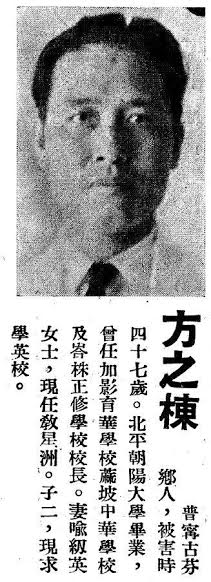
A short biography of Pang Chee Dong in the 8th anniversary commemorative publication of the Nanyang Pho Leng Hui Kuan published in 1948.
The fourth son Pang Huai Nam (方懷南) was the first editor of Nanyang Siang Pau (南洋商報) established by Tan Kah Kee in 1923. Slightly less than a month into its publication, he left the newspaper as the Straits Settlements authorities found his writing too political for their liking. He was also a committee member of the Poit Ip Huay Kuan and principal of Choon Guan School. It was mentioned in Phua Chay Leong’s “The Teochews in Malaya” that he shared the same sad fate as his elder brother Chee Dong during Sook Ching.
Mentioned as well in Mdm Chng’s obituary was one of her grandsons, Pang Say Hua (方思法). Born in Singapore to her eldest son, he was “fostered” to his uncle Pang Nam Gang; his father was convinced that his second brother would come to no good end with his revolutionary ways and hence it was better that he had a son to his name. Pang Say Hua went back to China to study and subsequently became a signaler in the Nationalist Army. He was one of the many caught up in the tumult of the times. Due to his background, he suffered after the Communists took over, being imprisoned for over ten years. After his release, he worked at various jobs and retired in 1980. His story became known when a civic organisation in the Teochew region which sought to recognize veterans of the Sino-Japanese War found him and publicised his story.
Single for life, he attended church regularly and spent his last days in a Christian old folks’ home where his favourite pastime was to watch Teochew opera. He died in Jan 2015, a month after he celebrated his 104th birthday.
Source: http://www.stcd.com.cn/html/2013-09/21/content_464908.htm
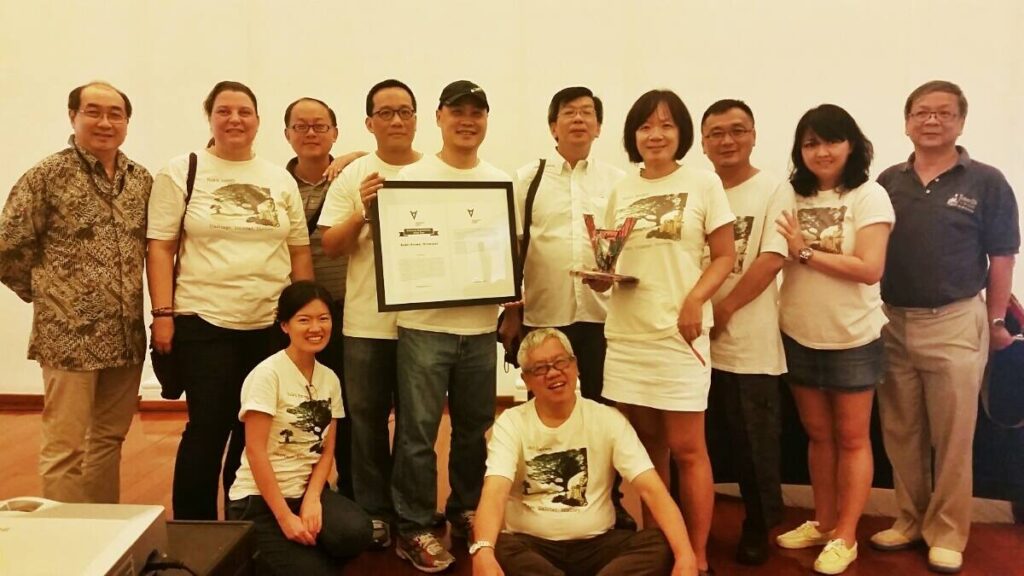
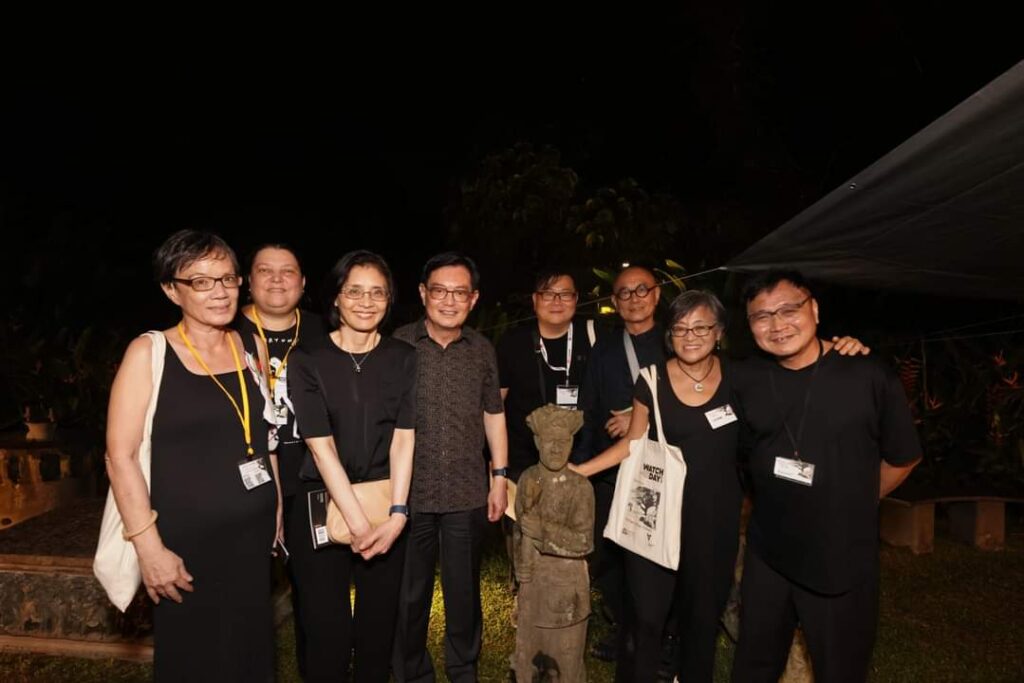
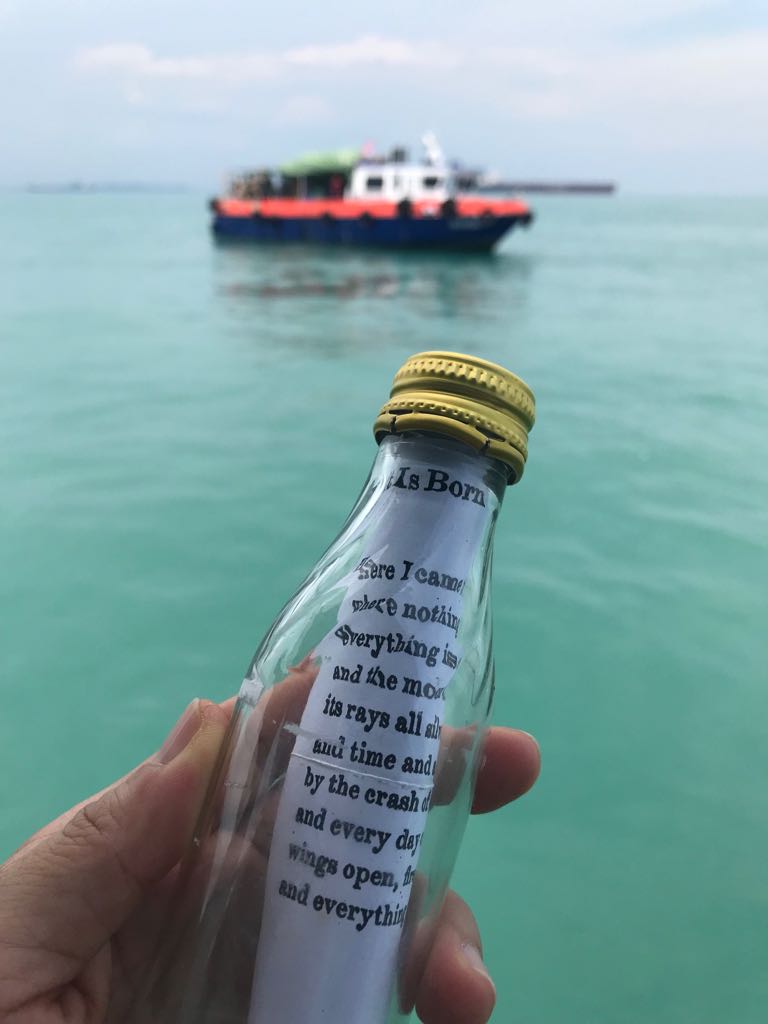

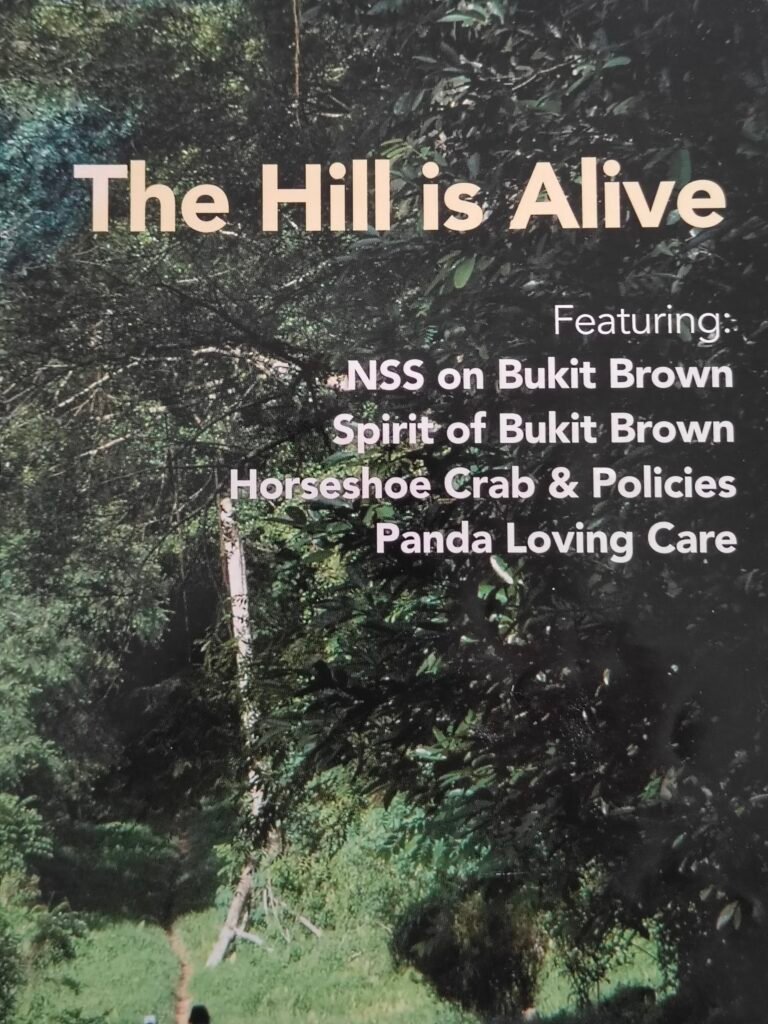
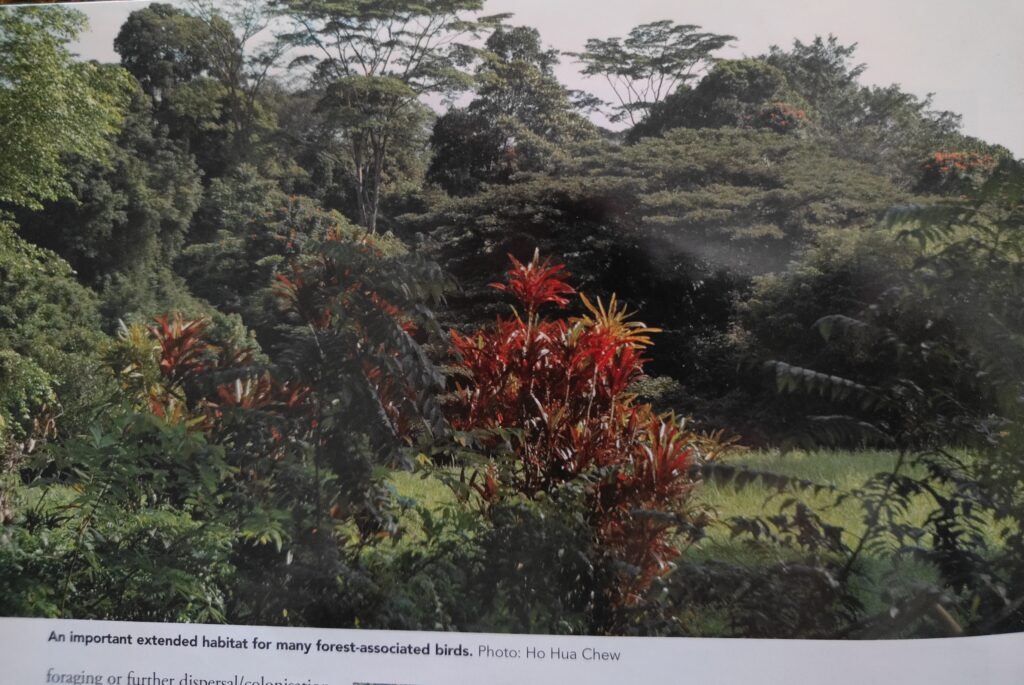
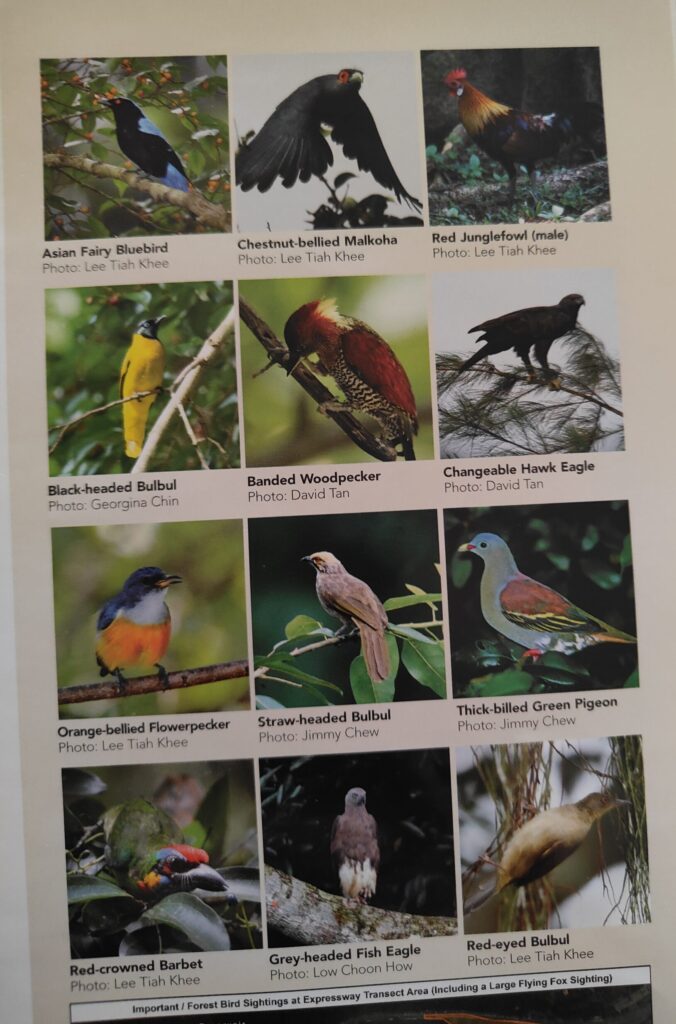
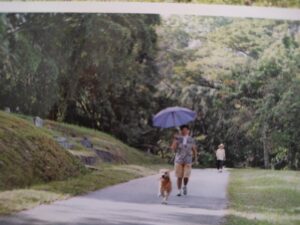
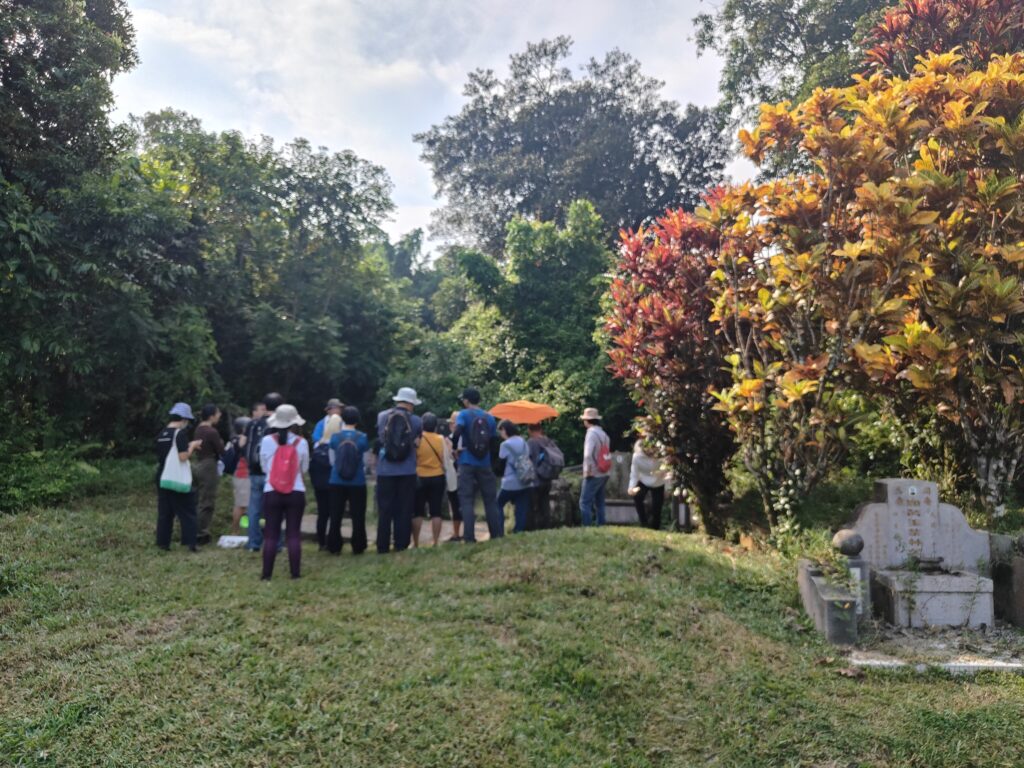
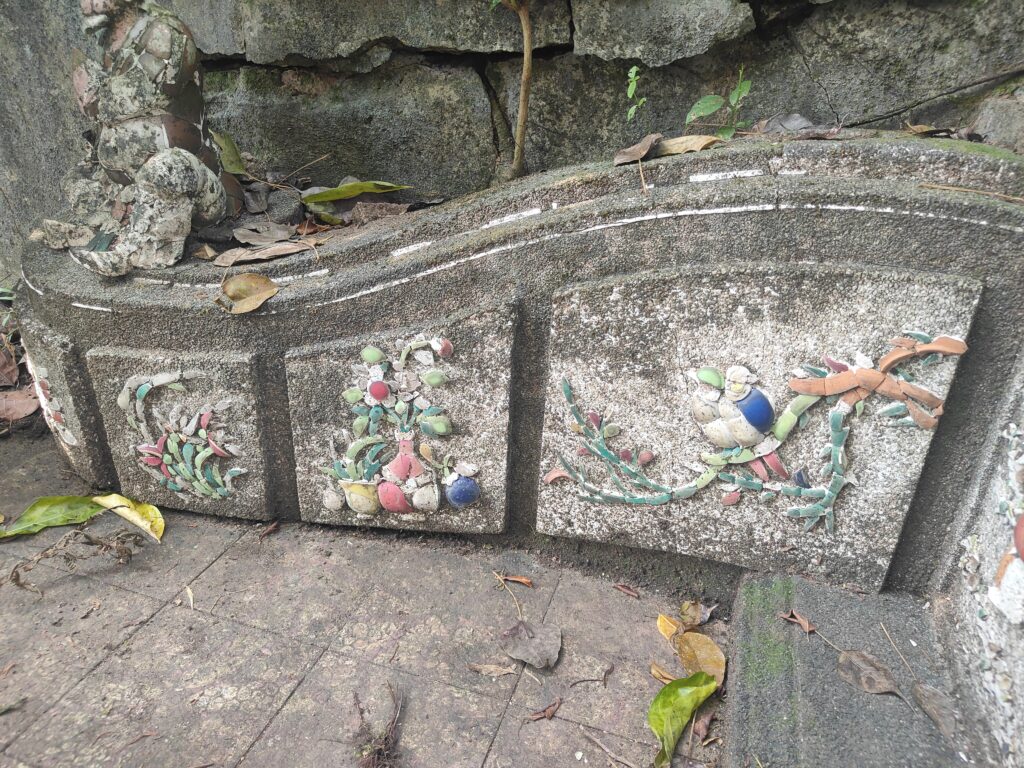
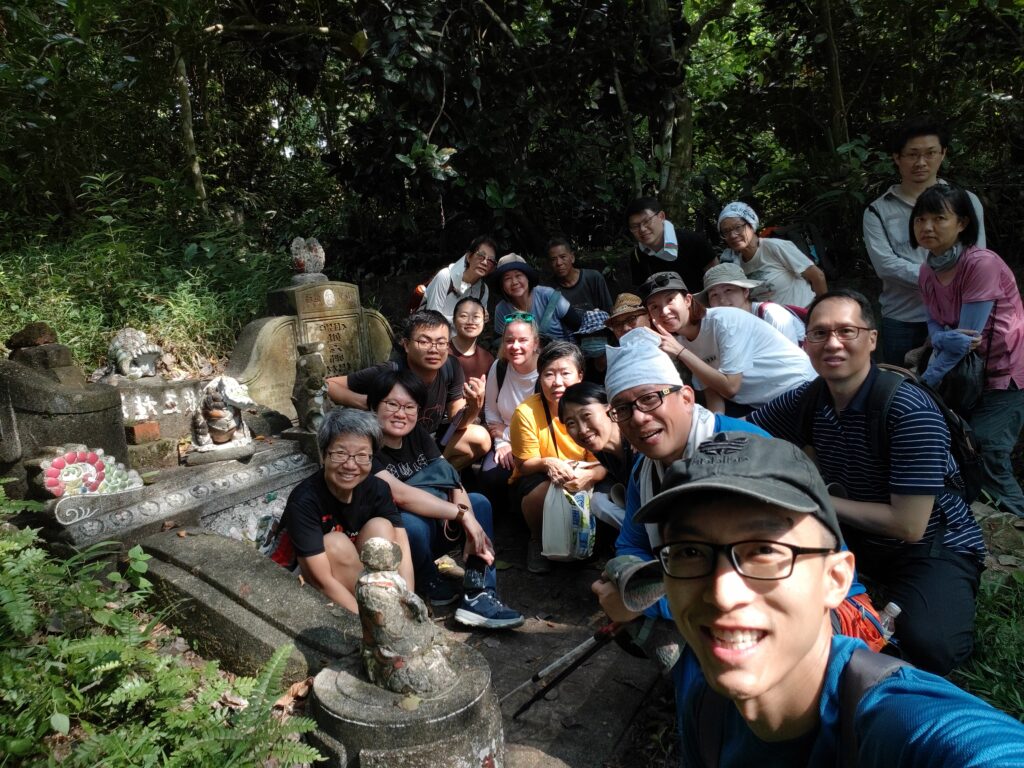
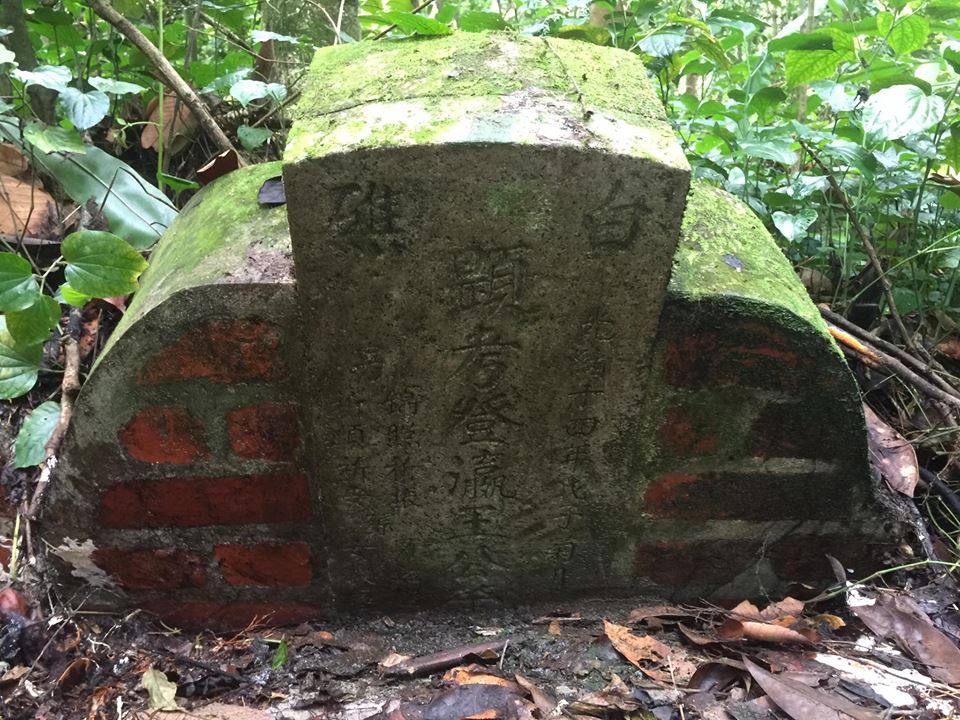
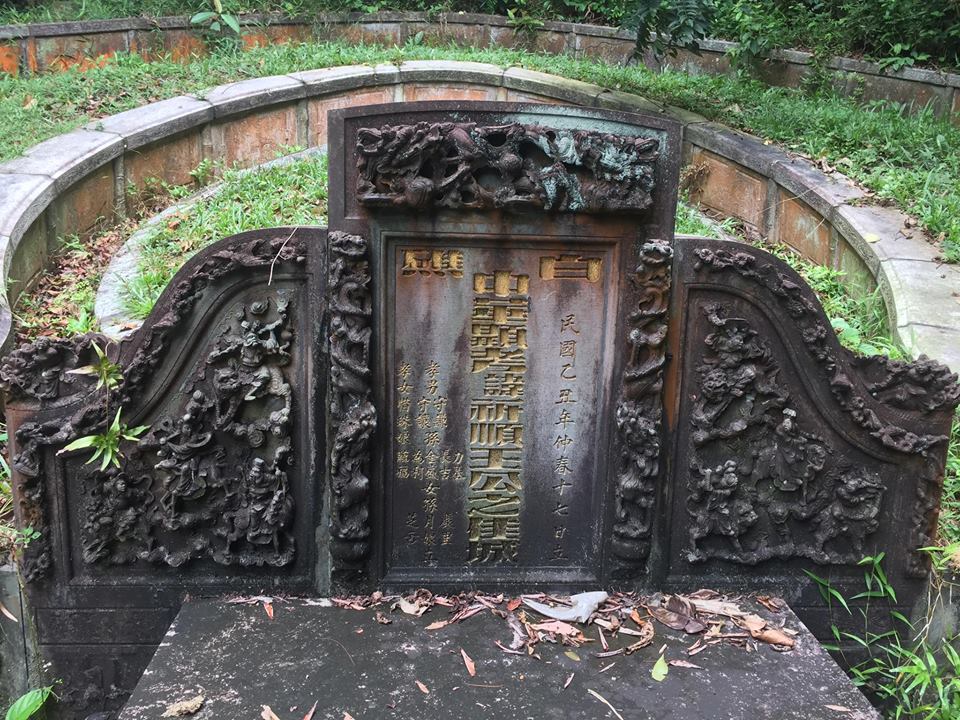
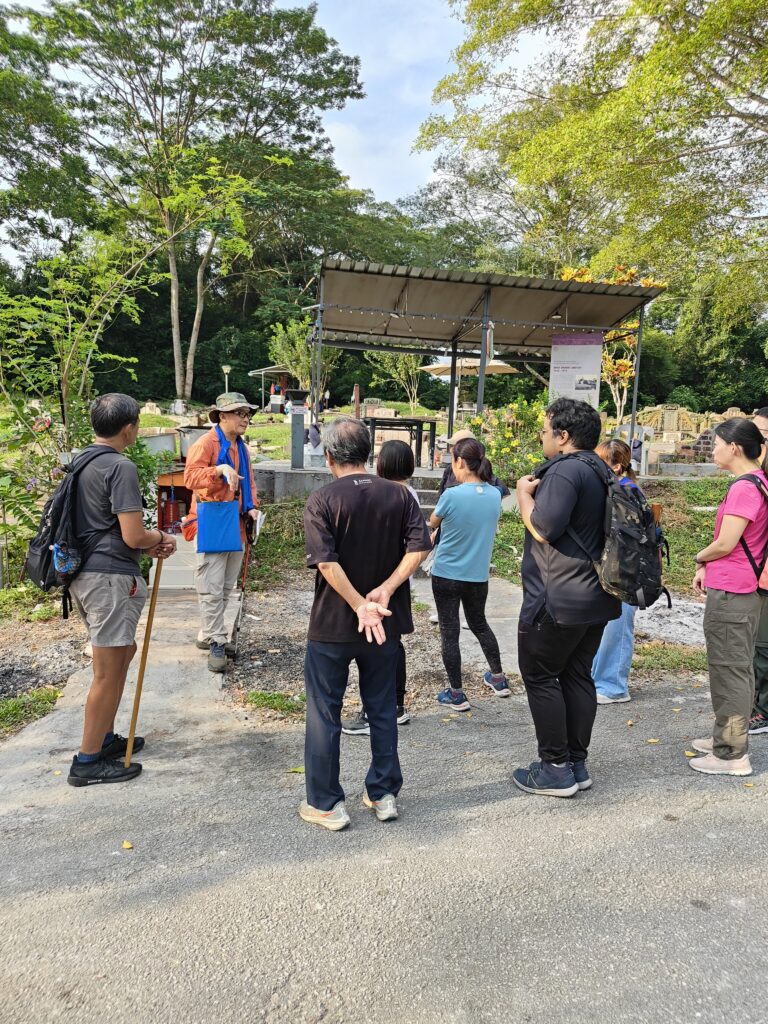
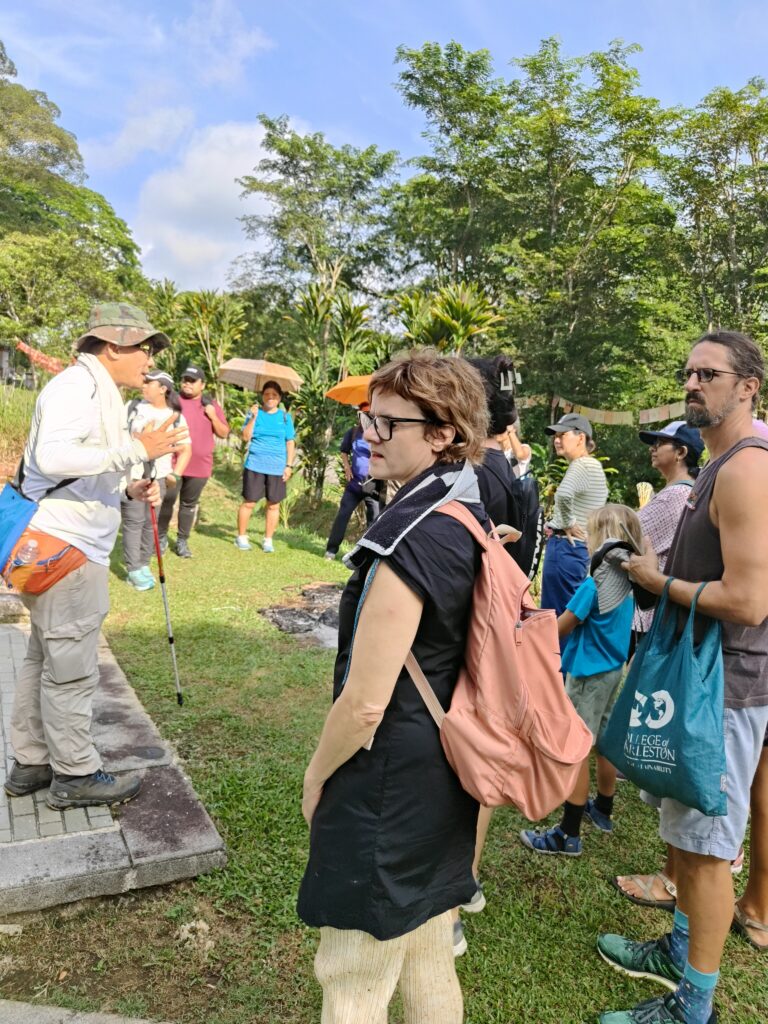
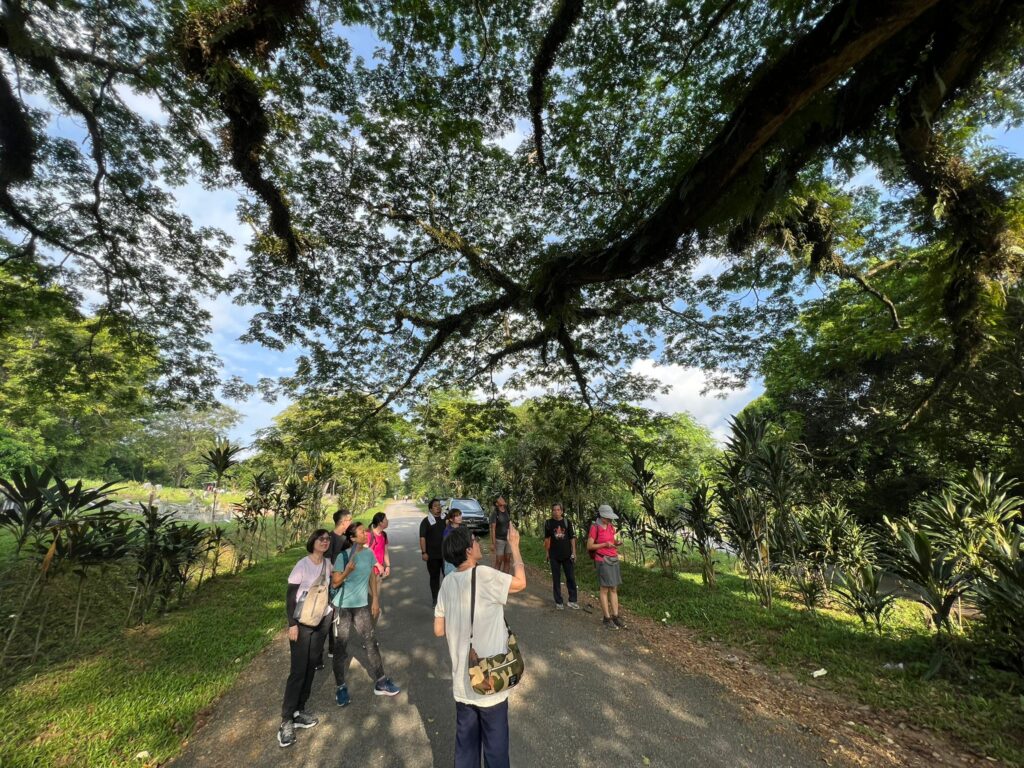
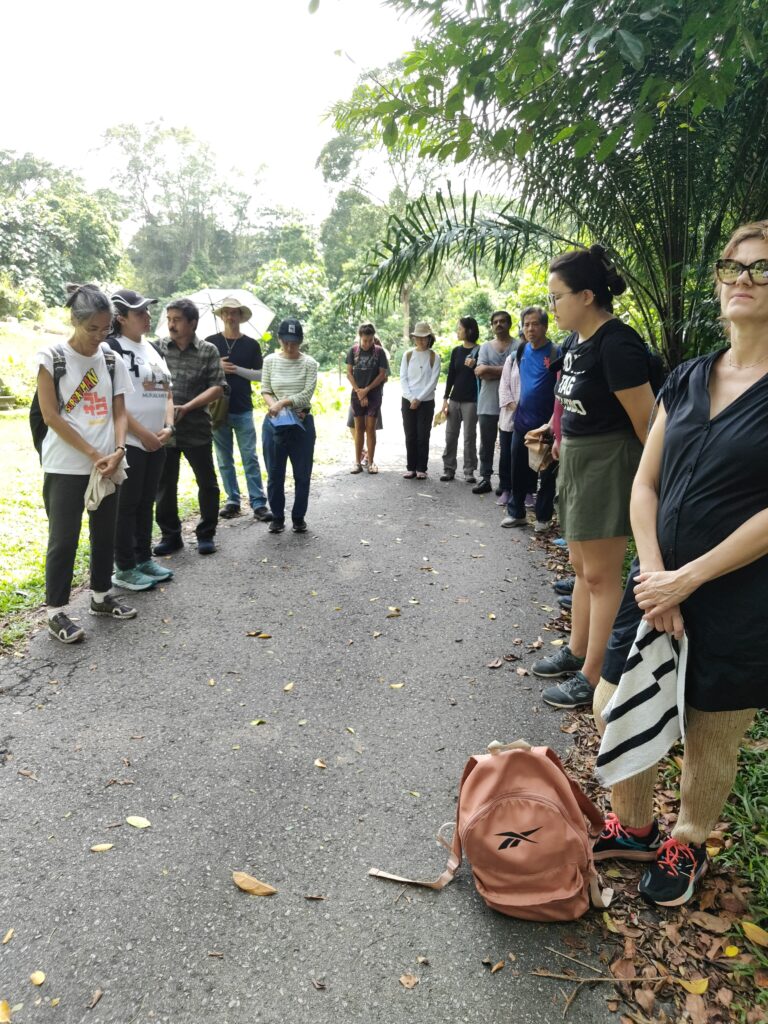
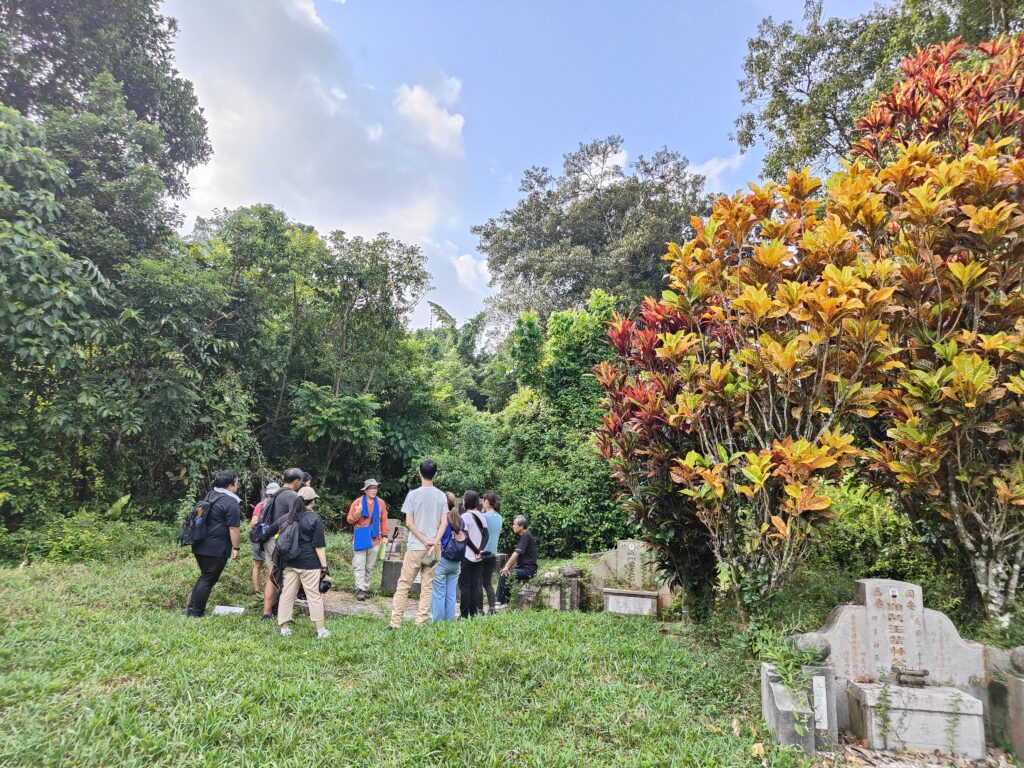
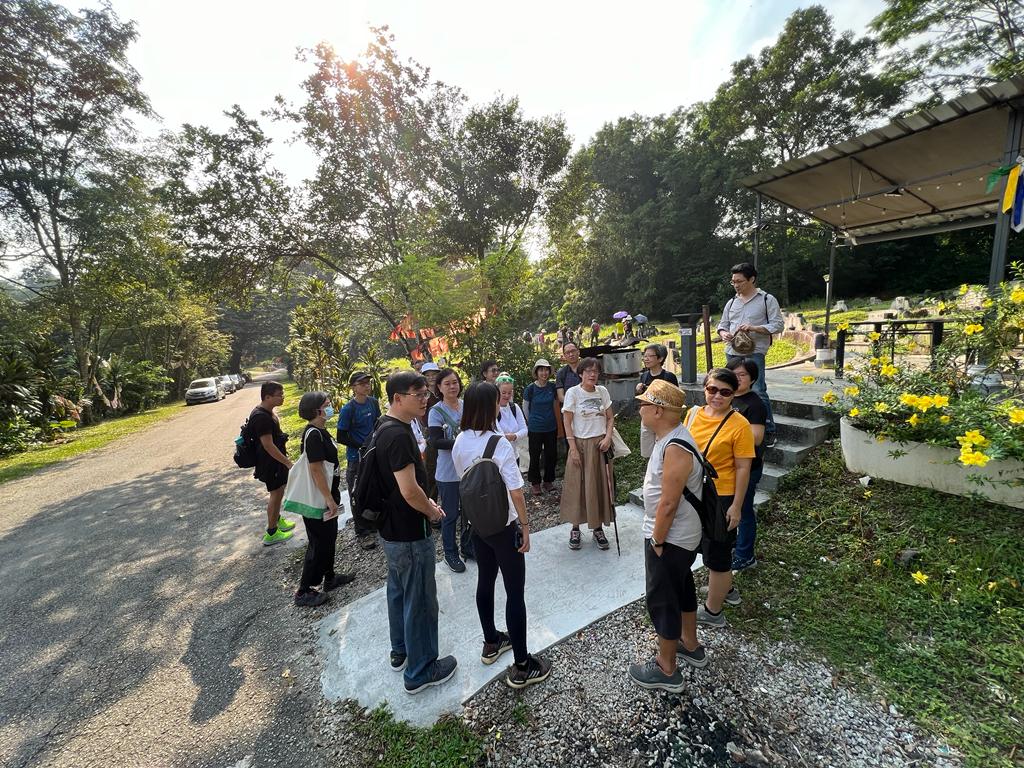
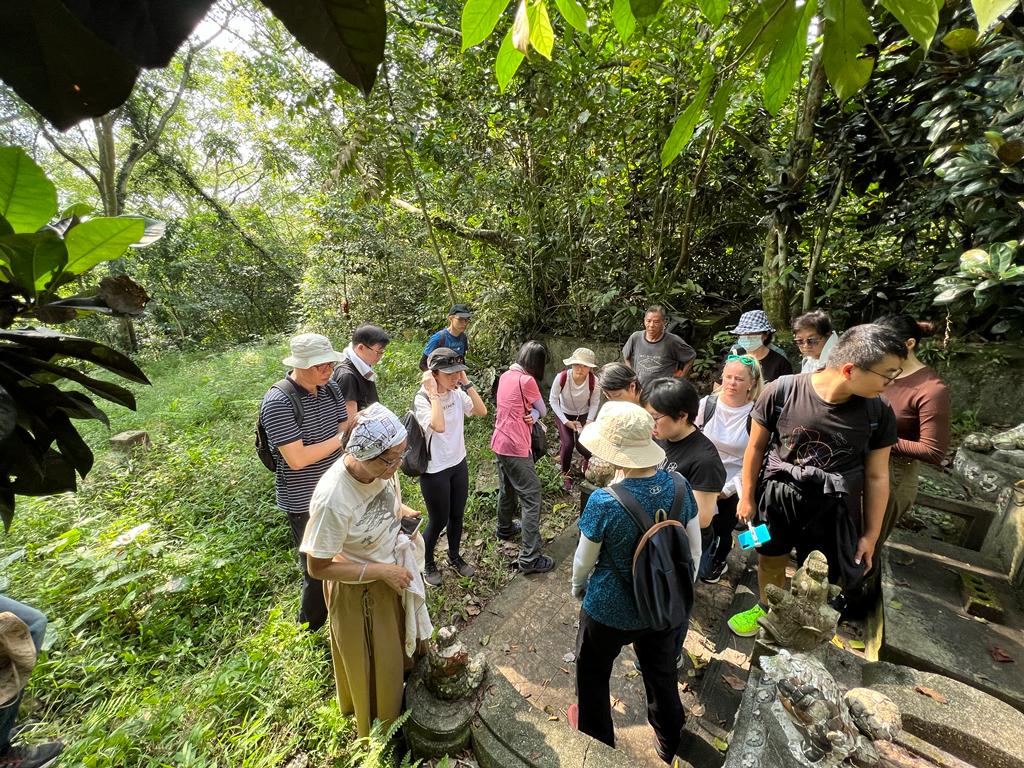
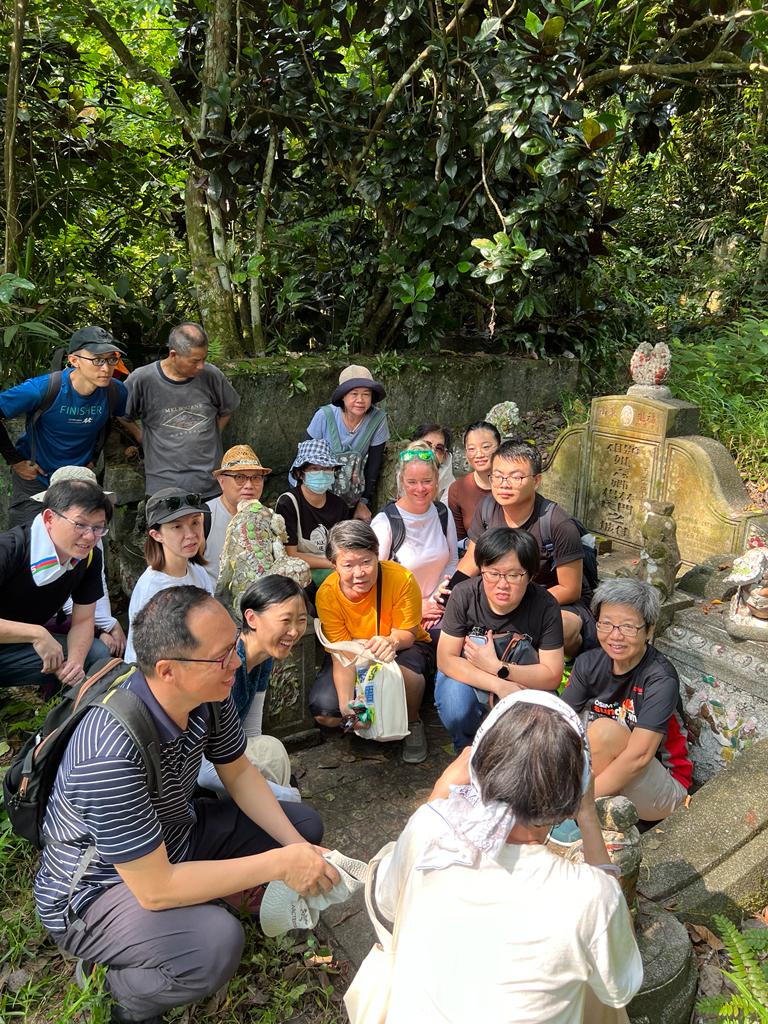
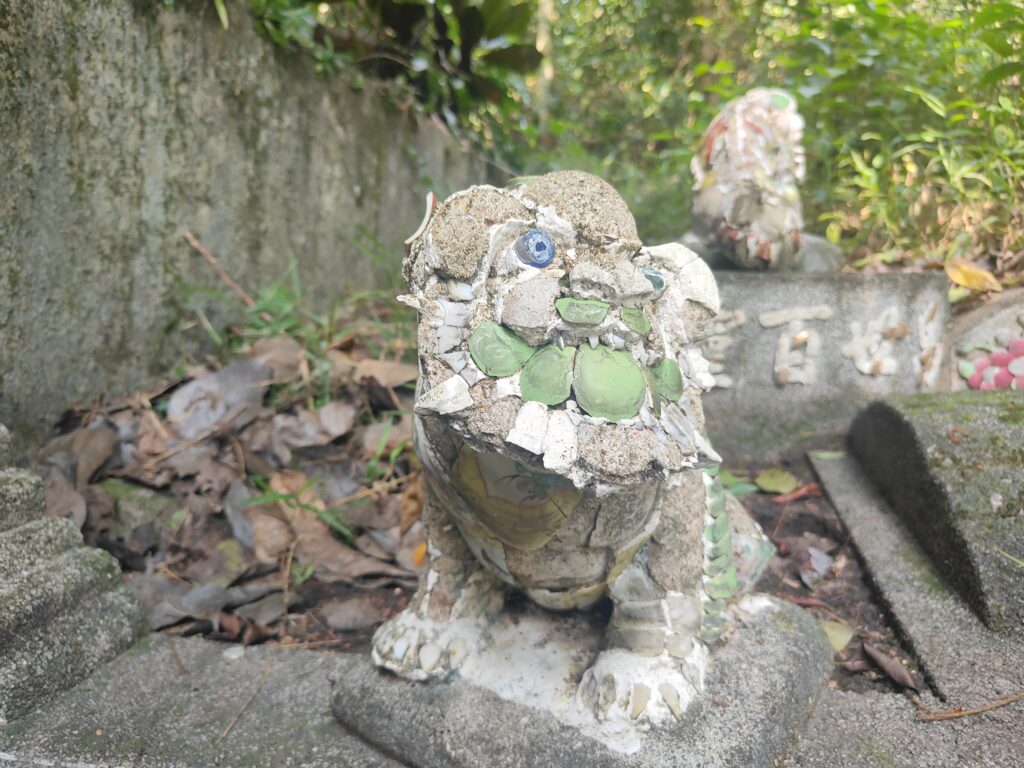
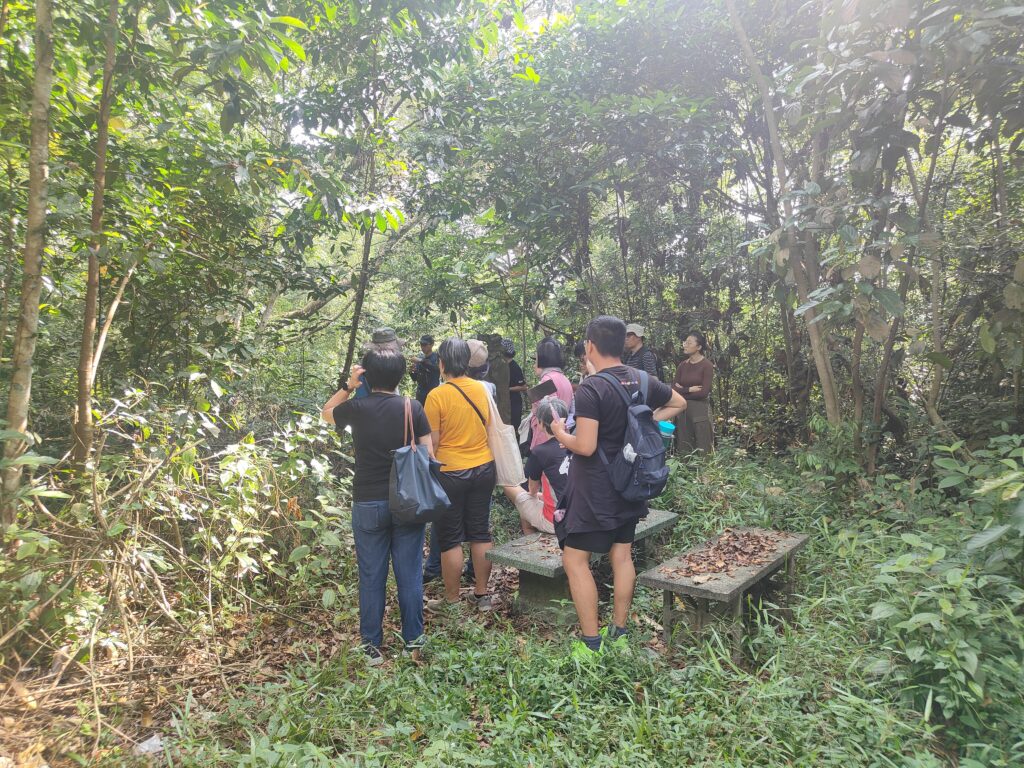
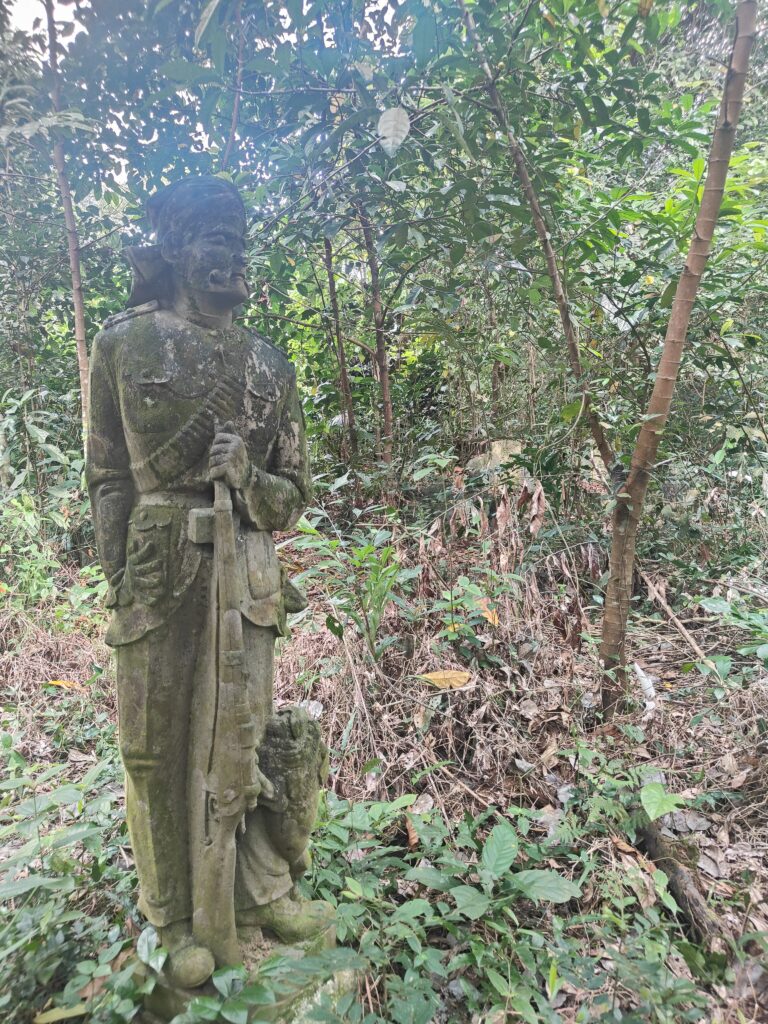
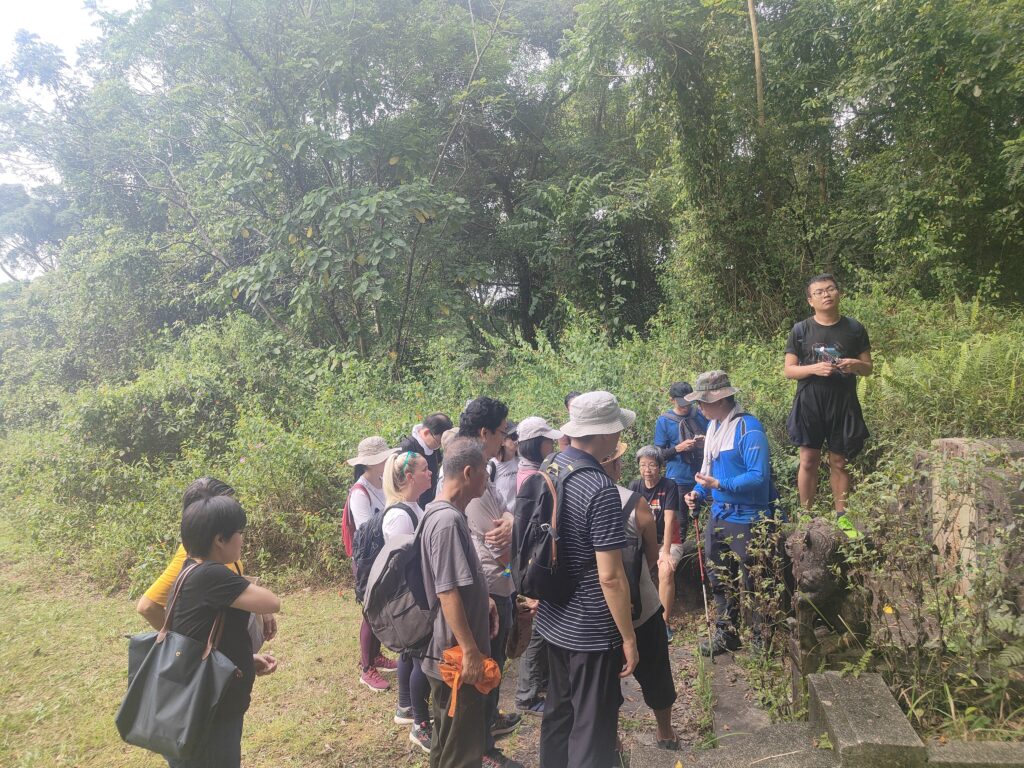
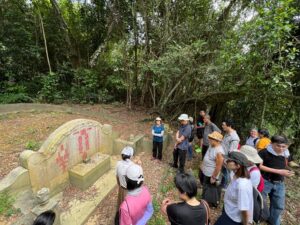
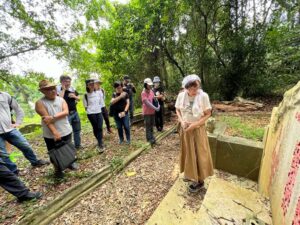
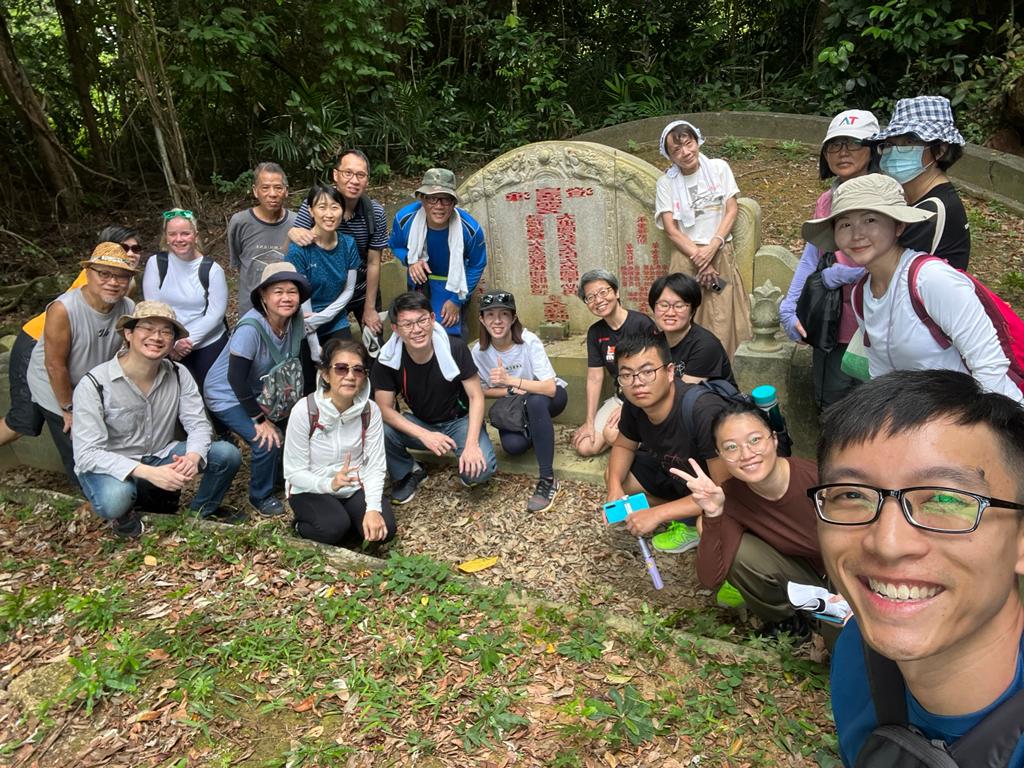
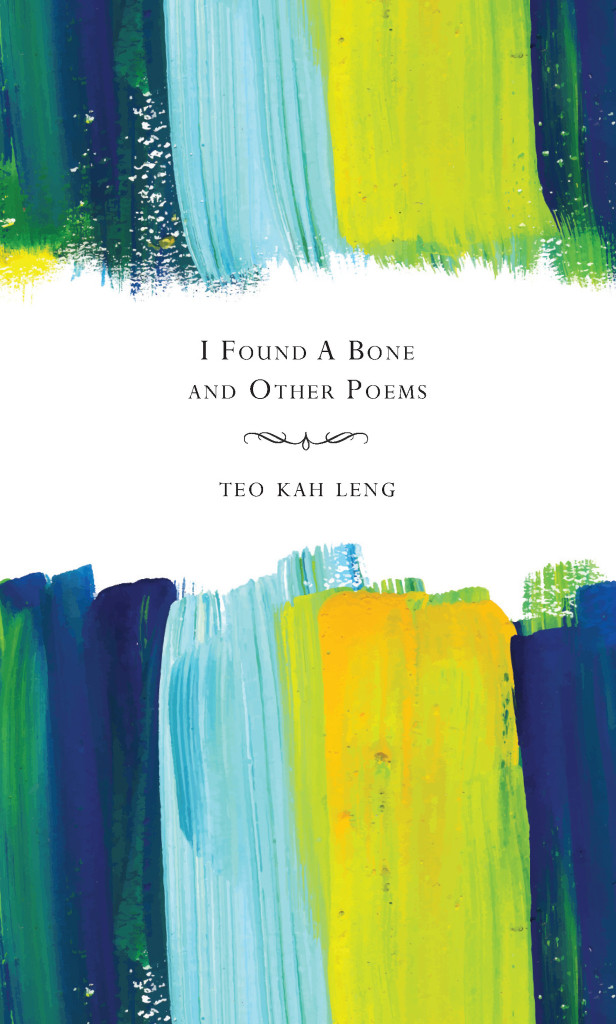

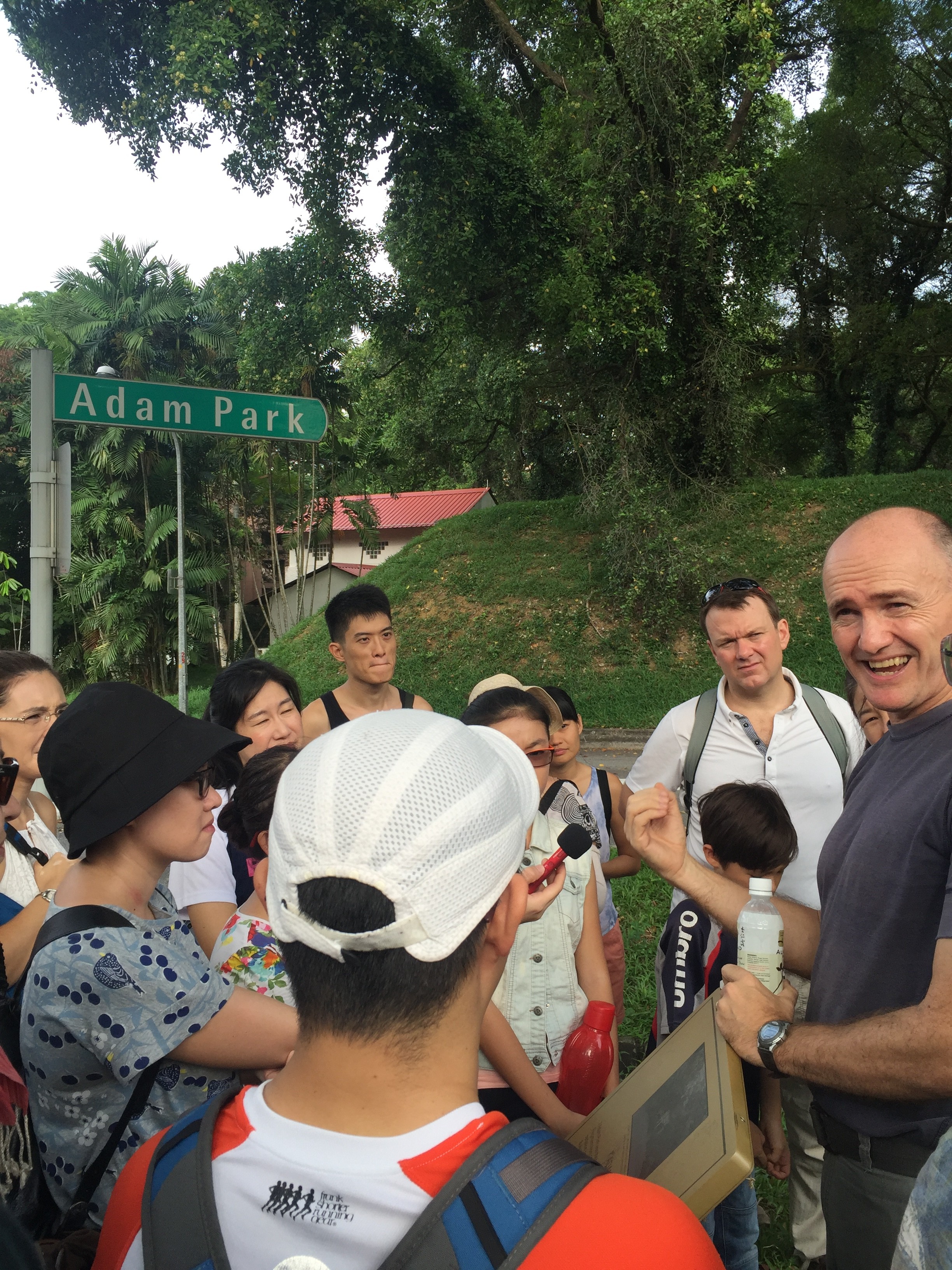
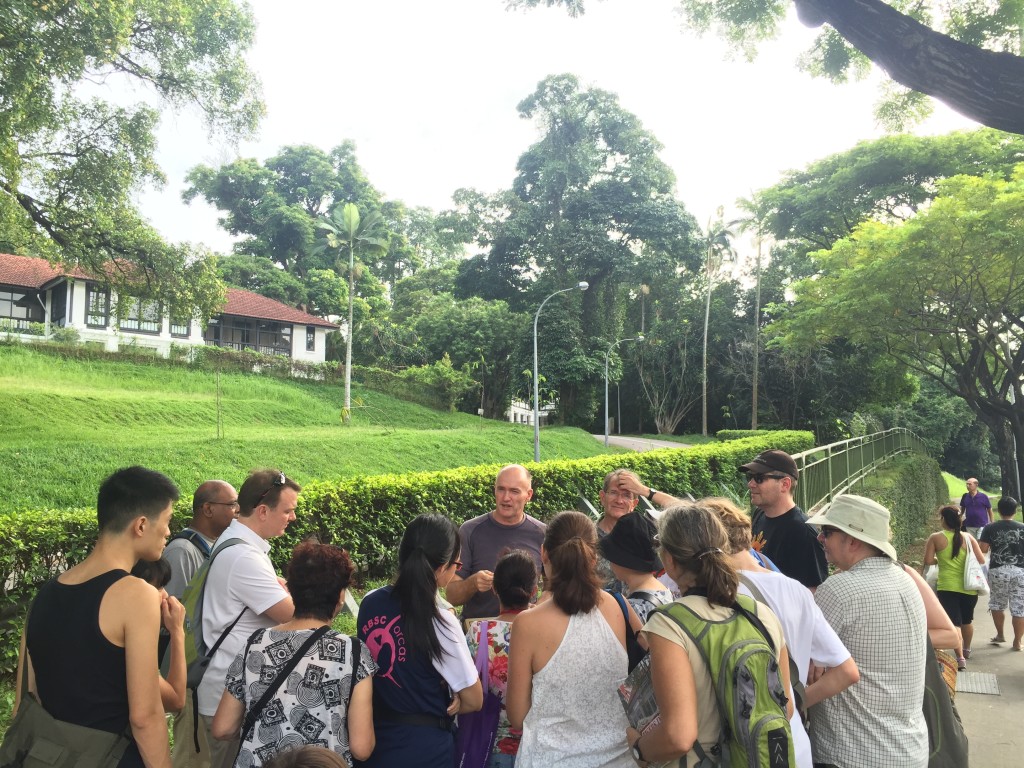
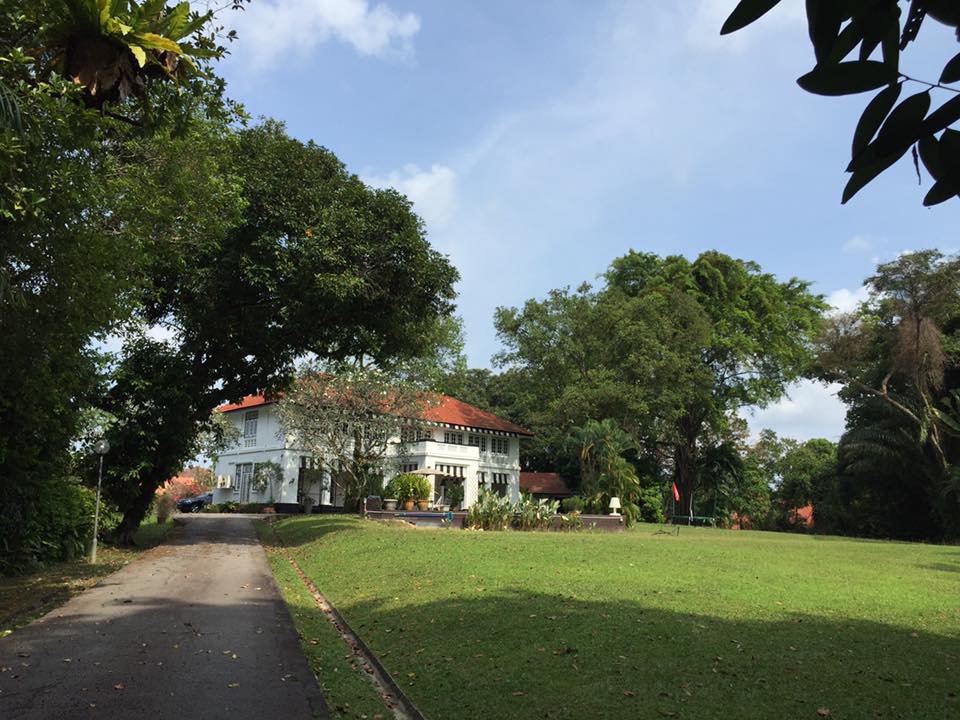
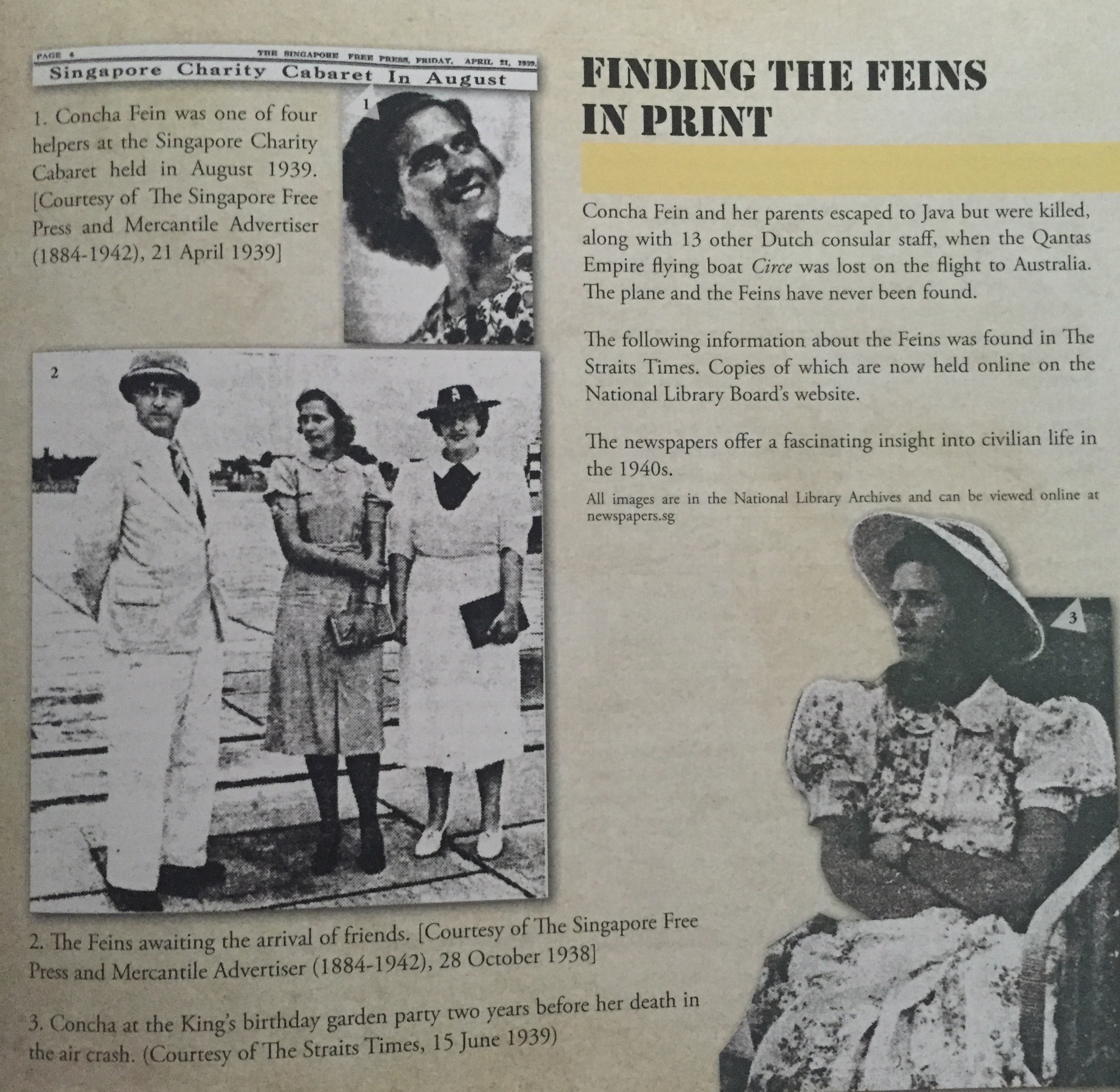
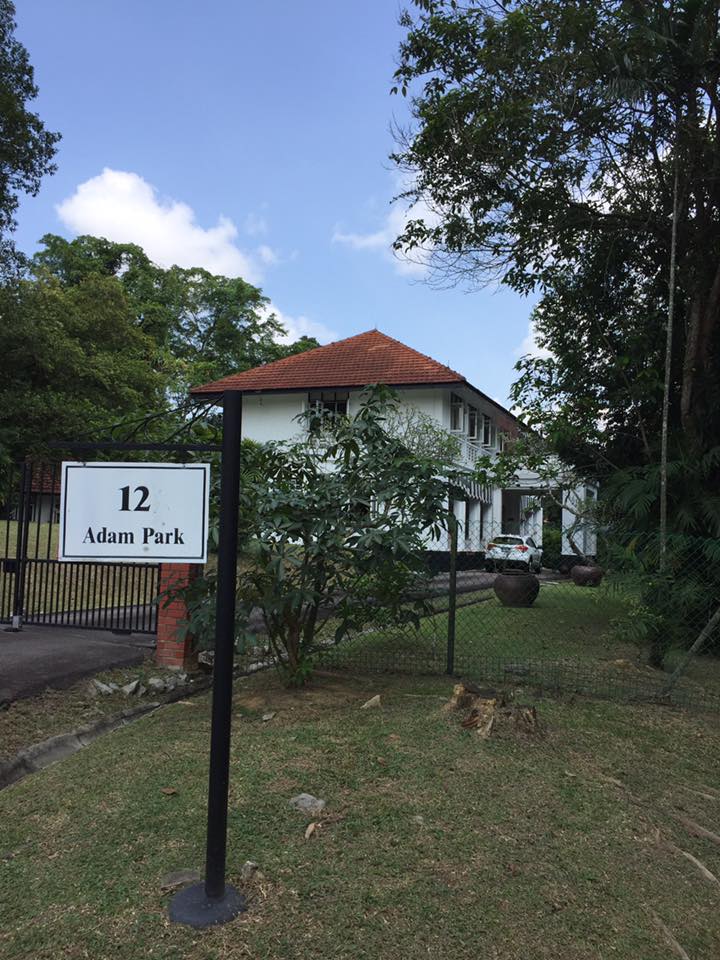



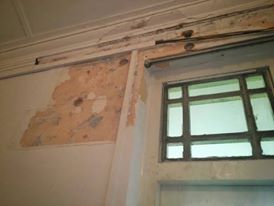
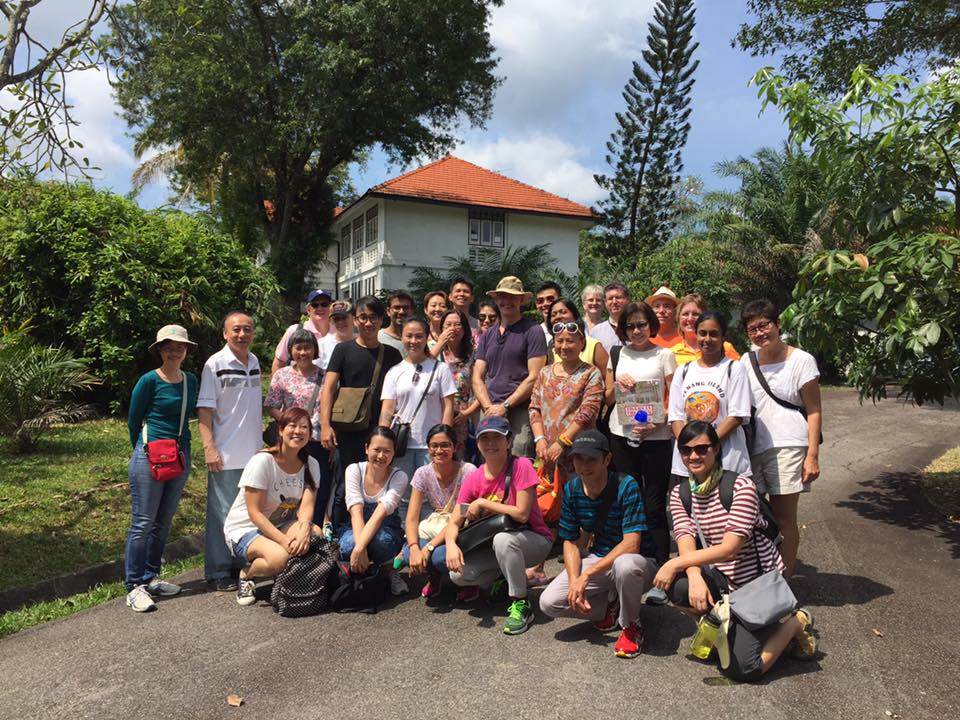
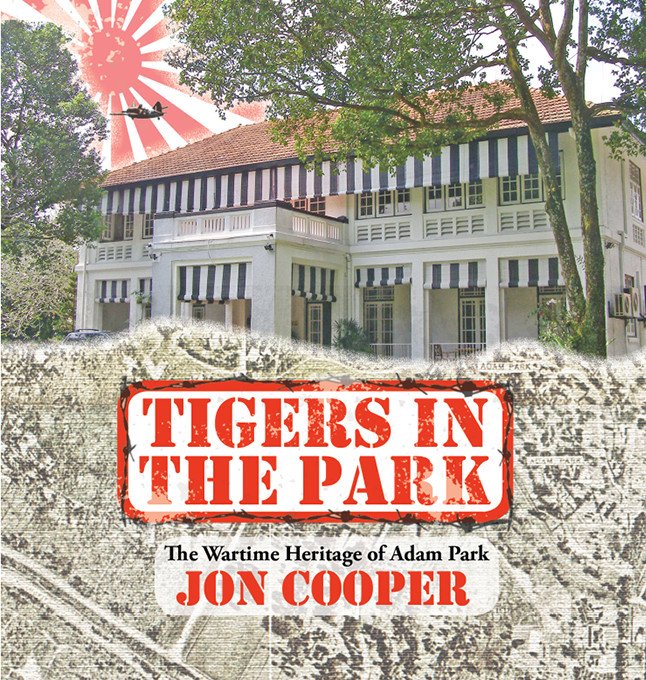


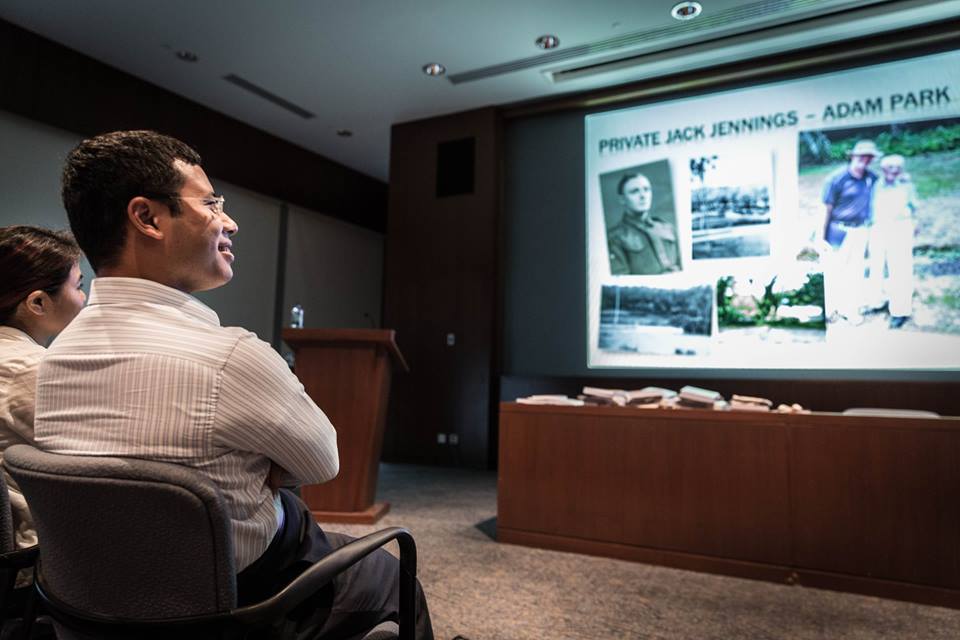
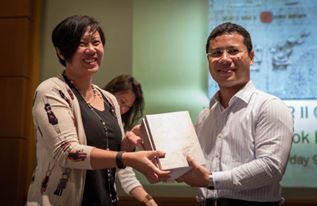
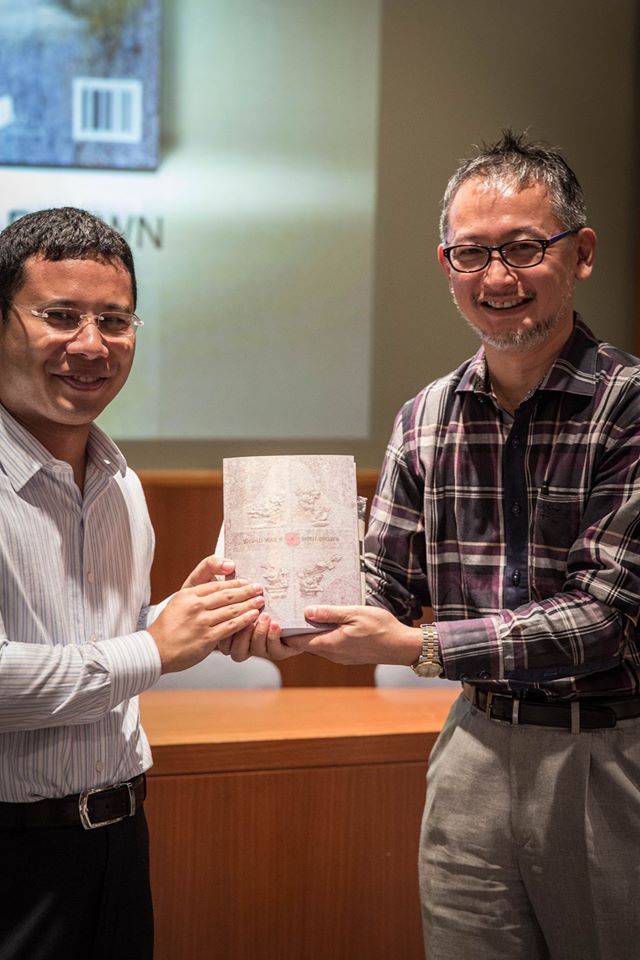

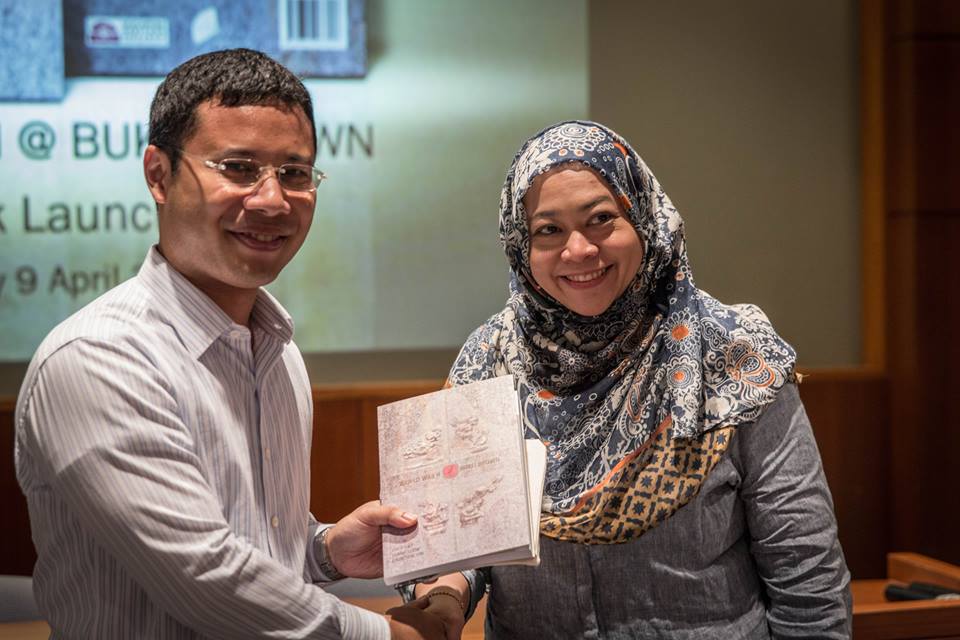

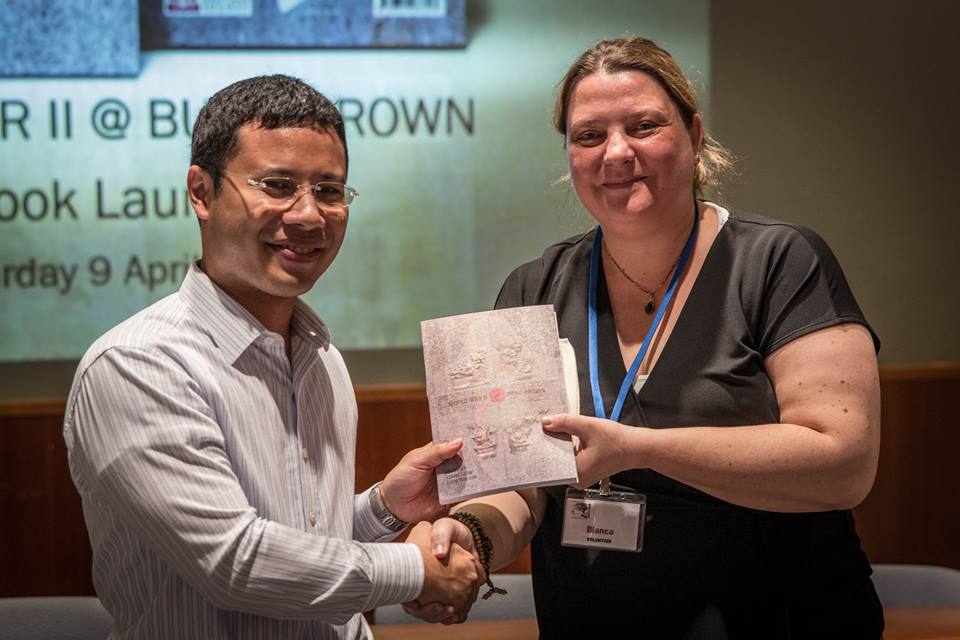
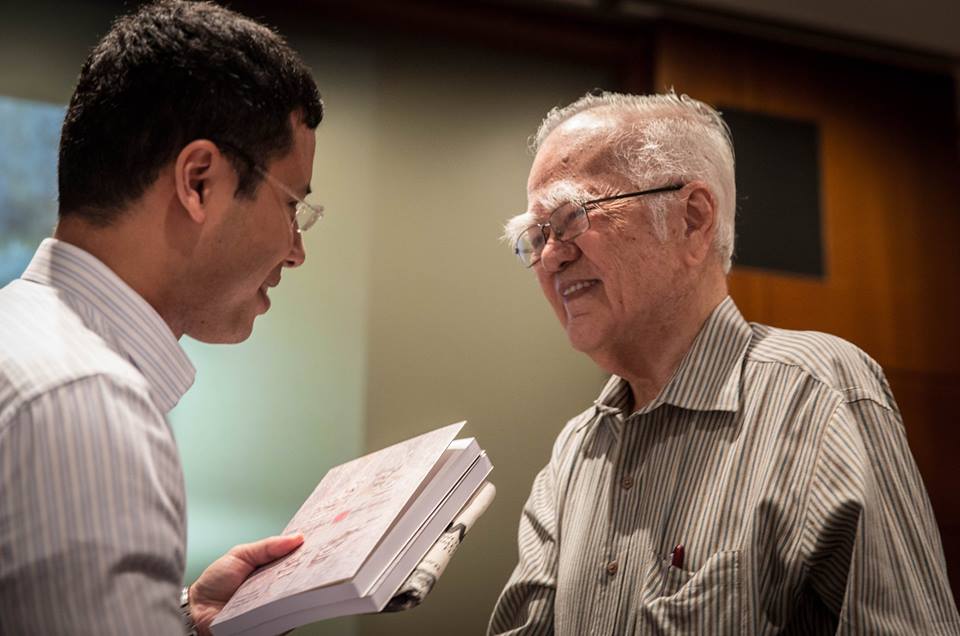
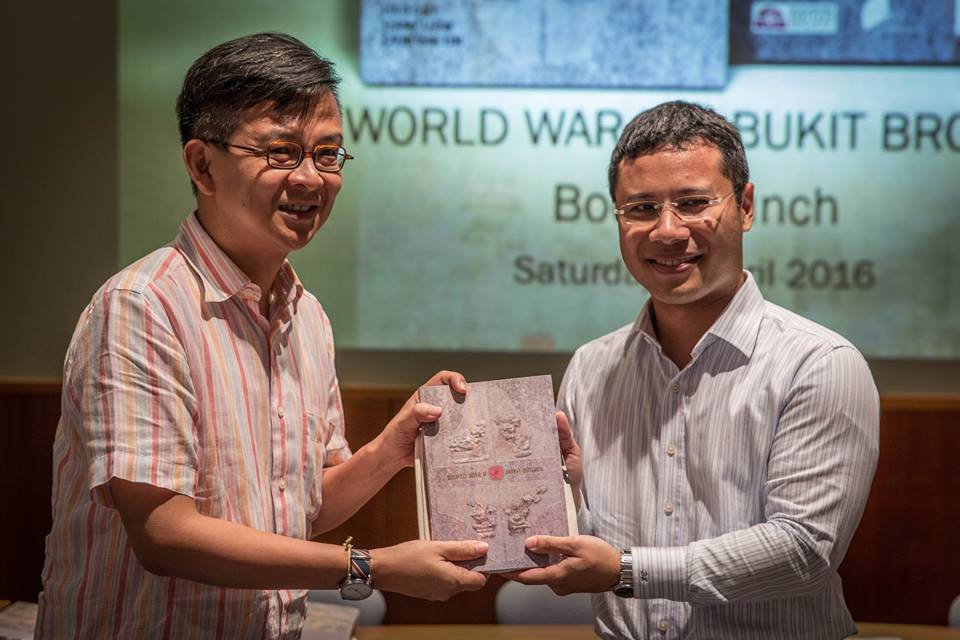

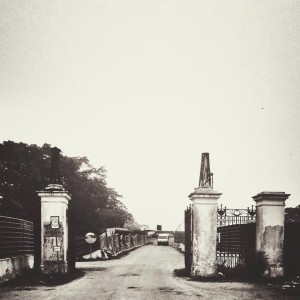

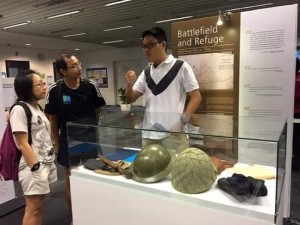
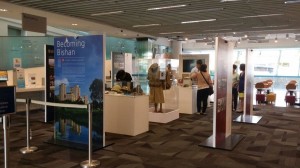
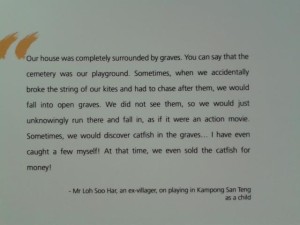
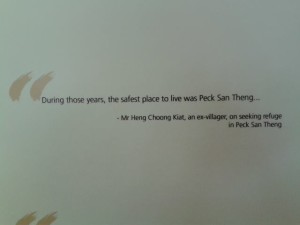
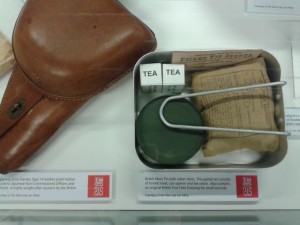
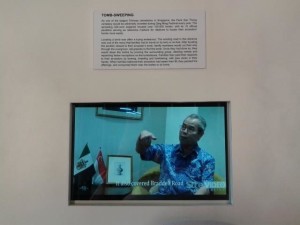
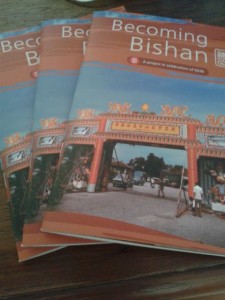
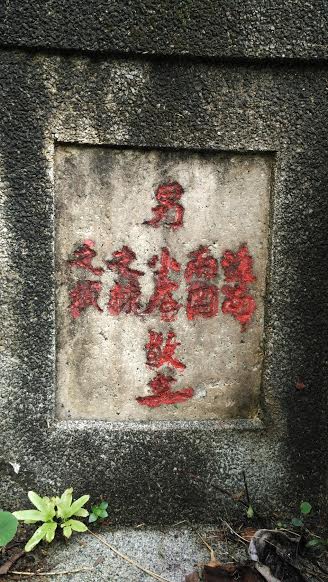
Recent Comments